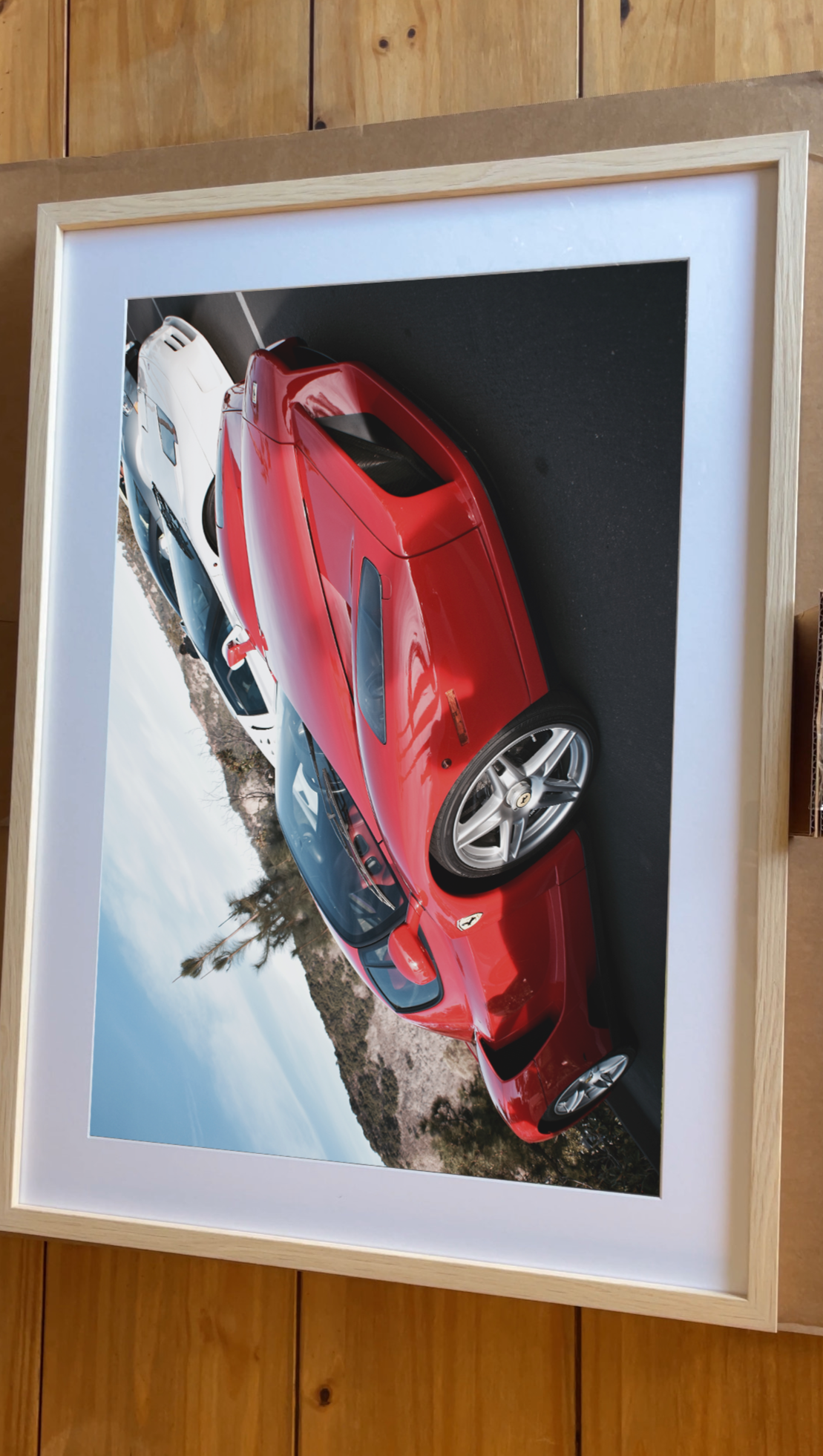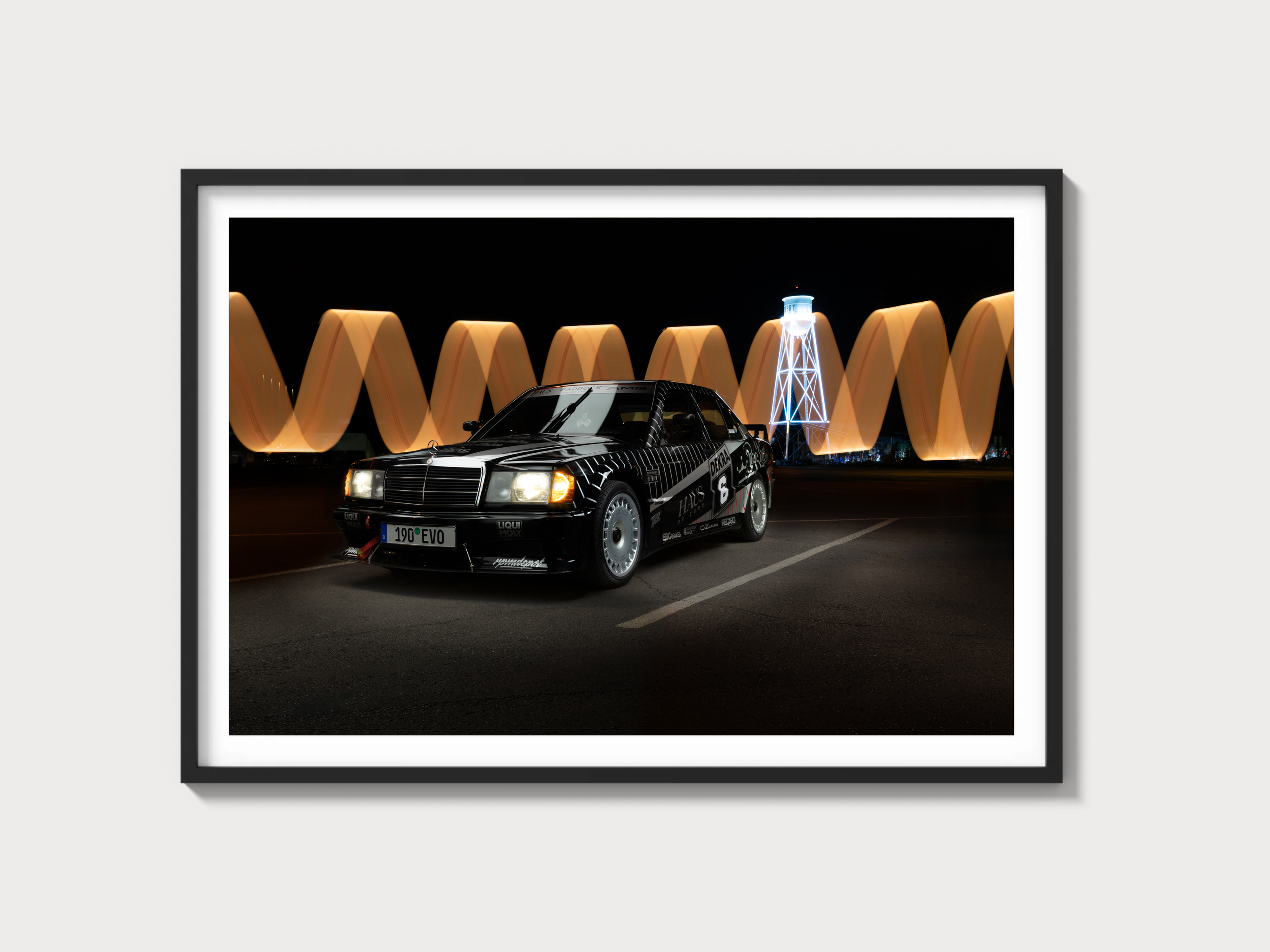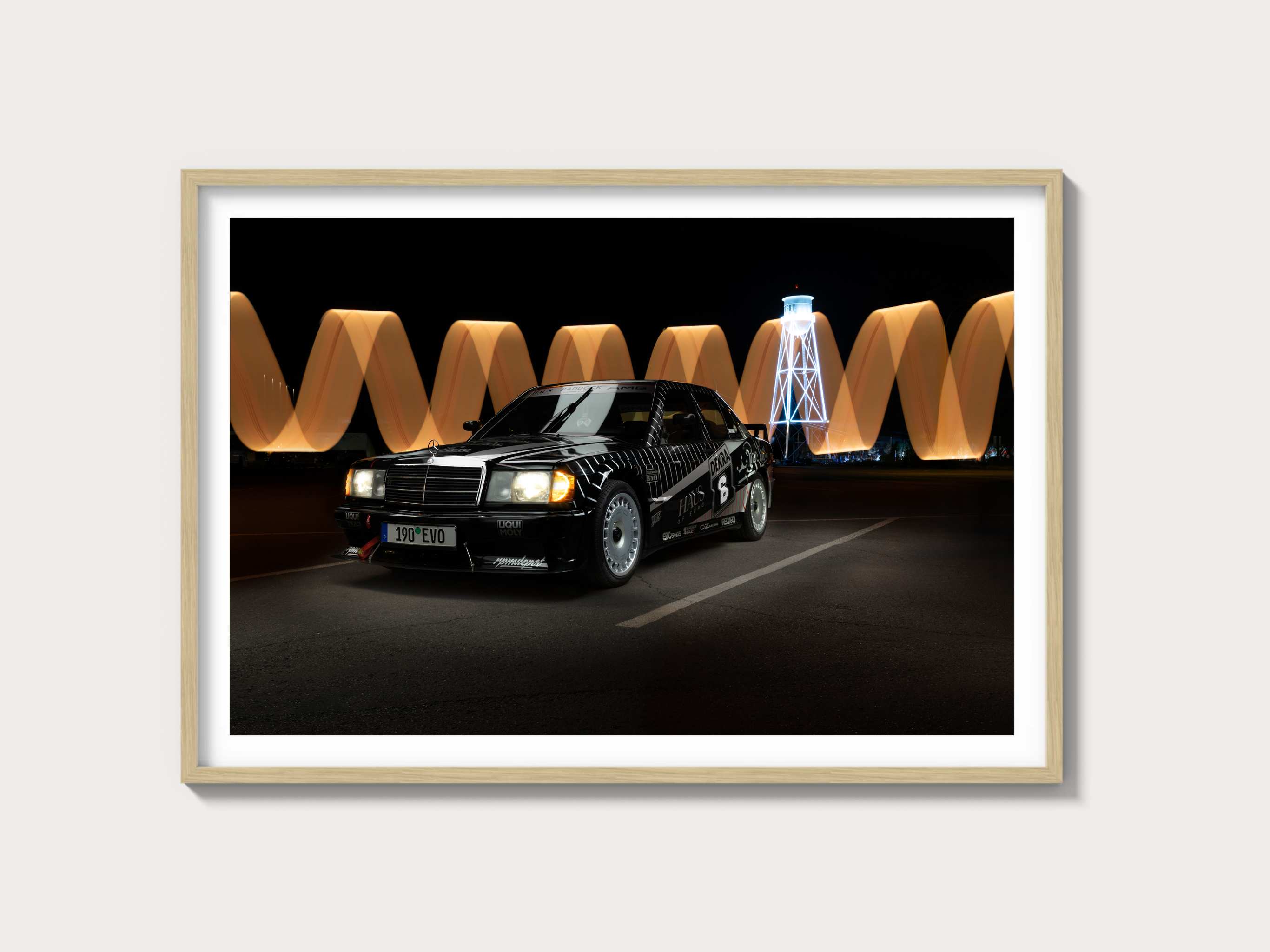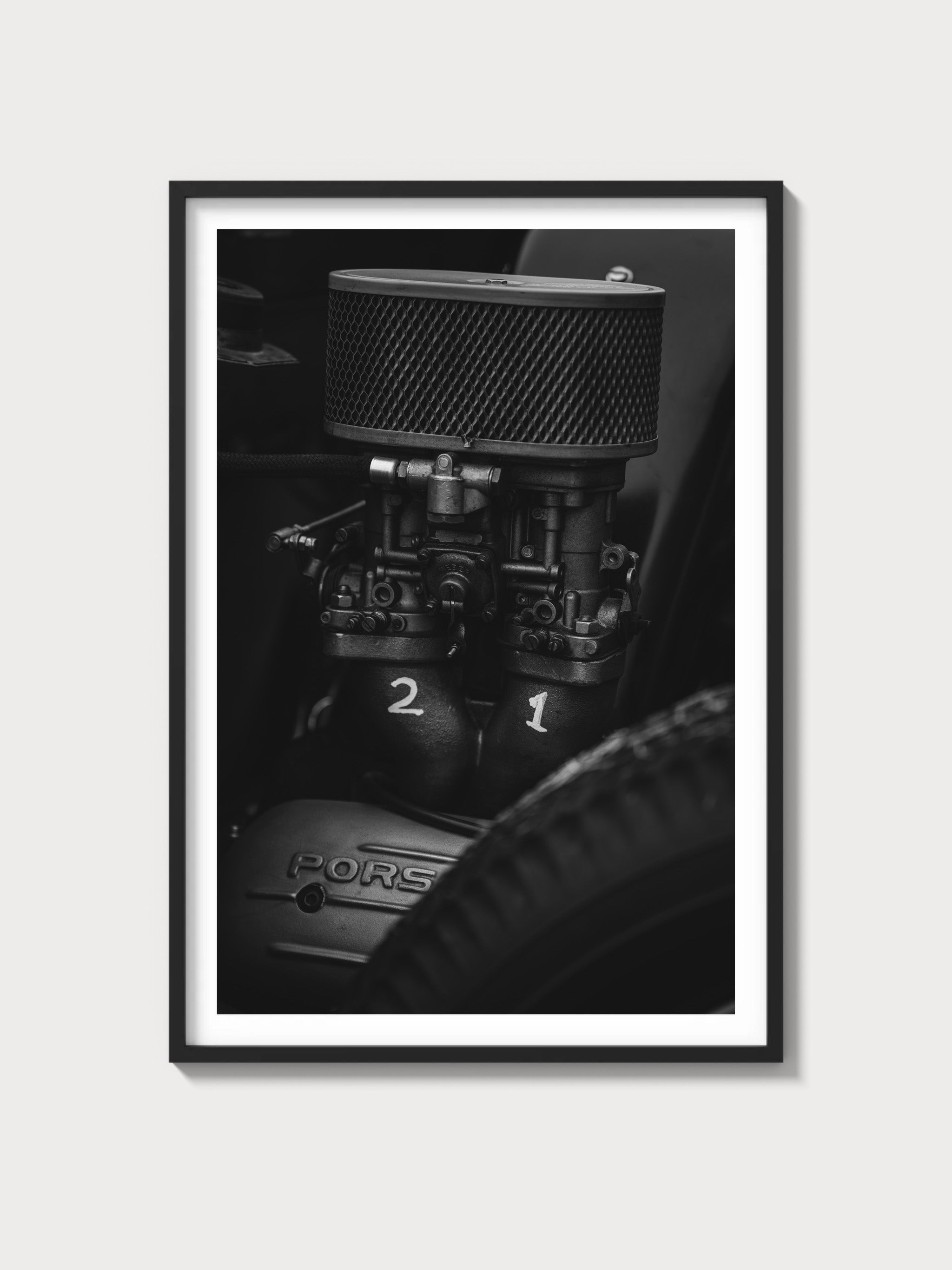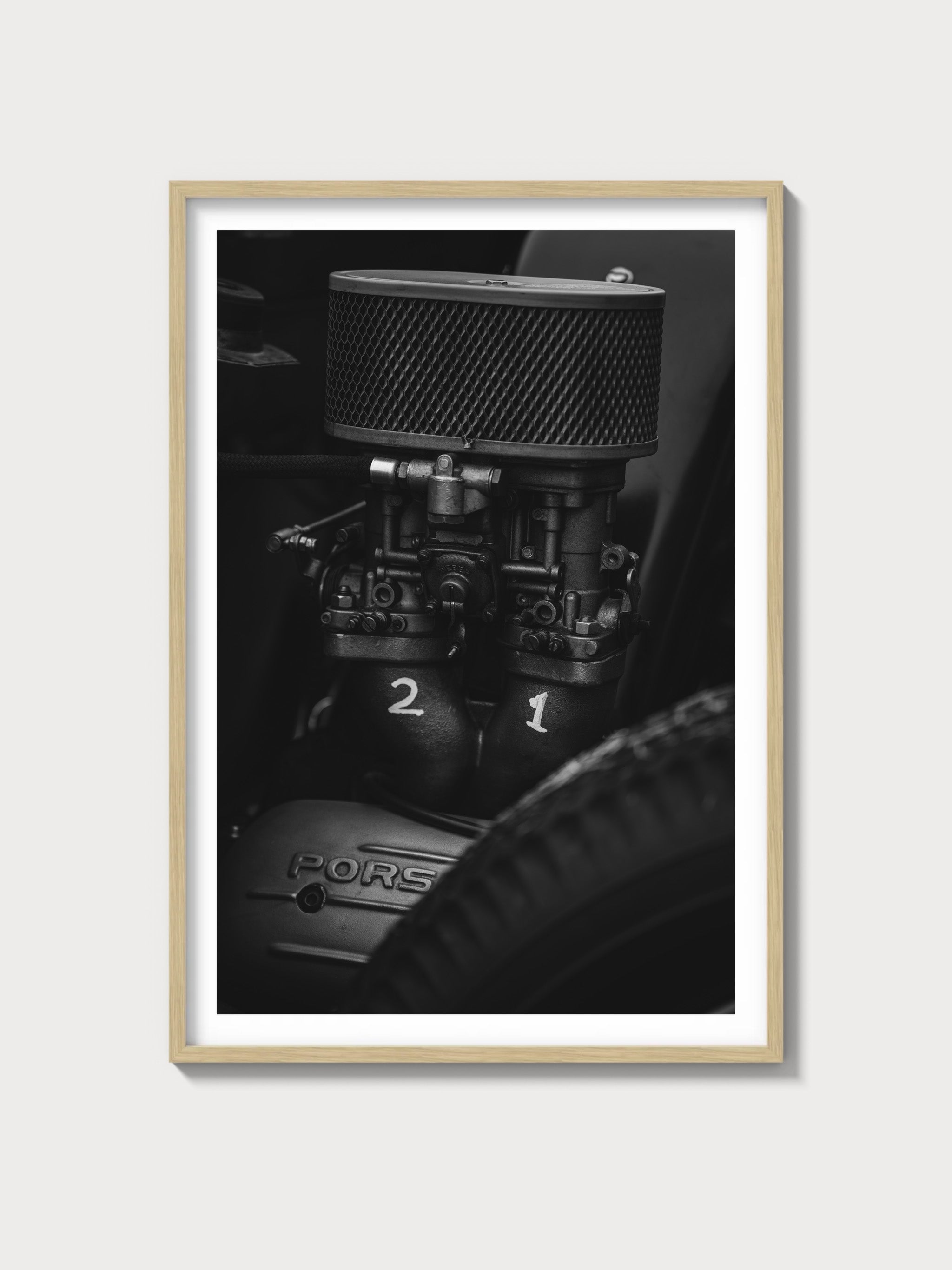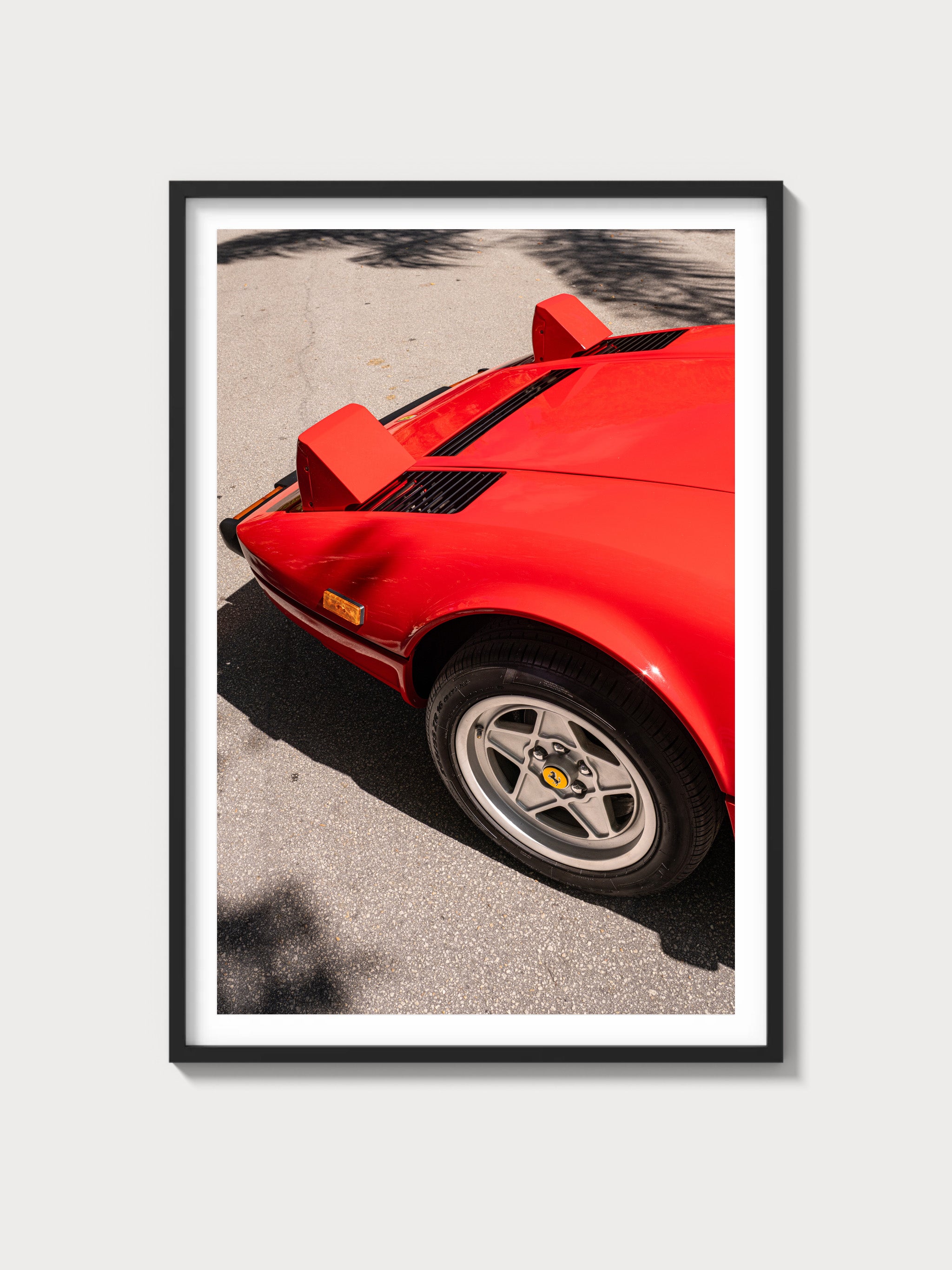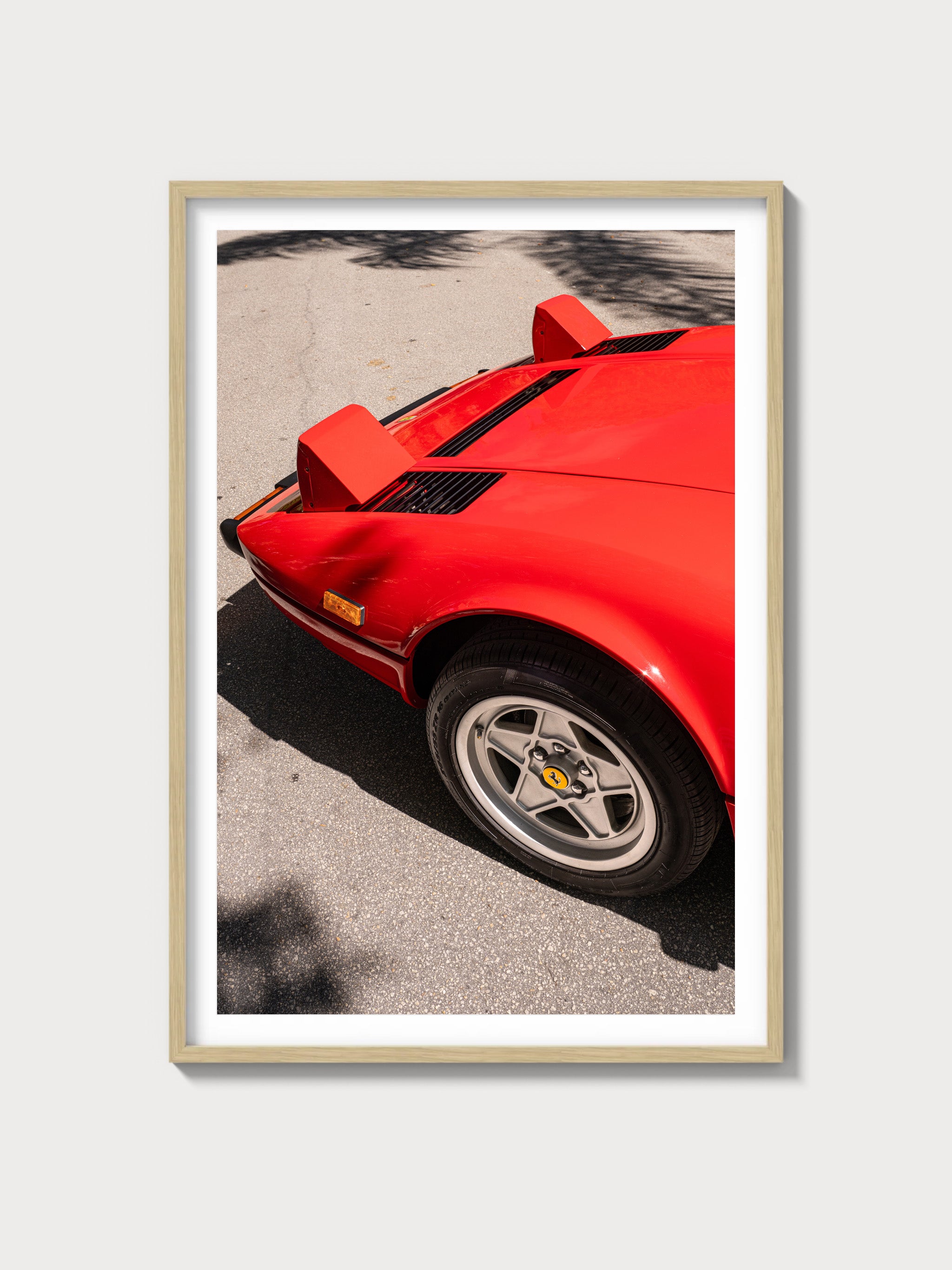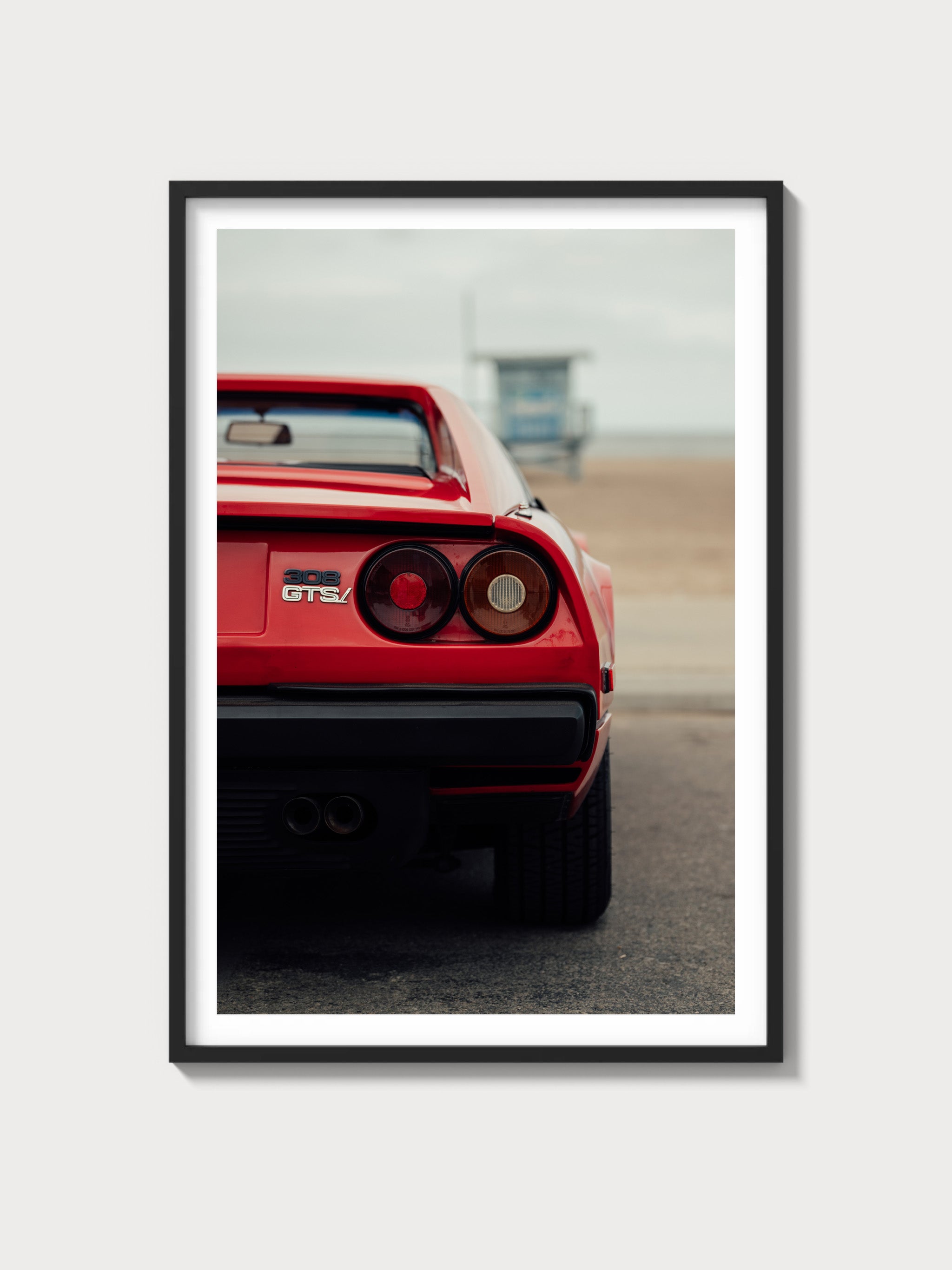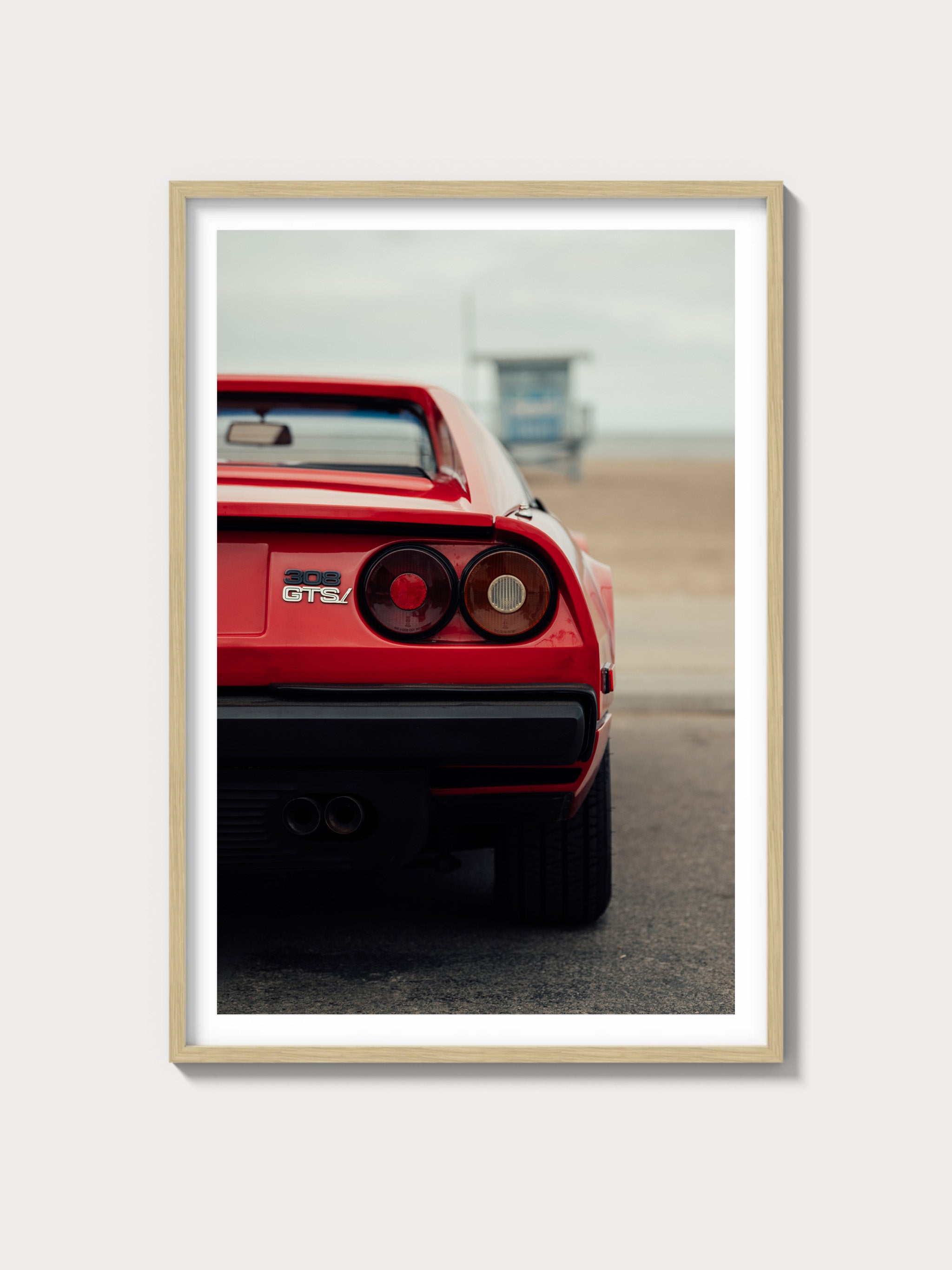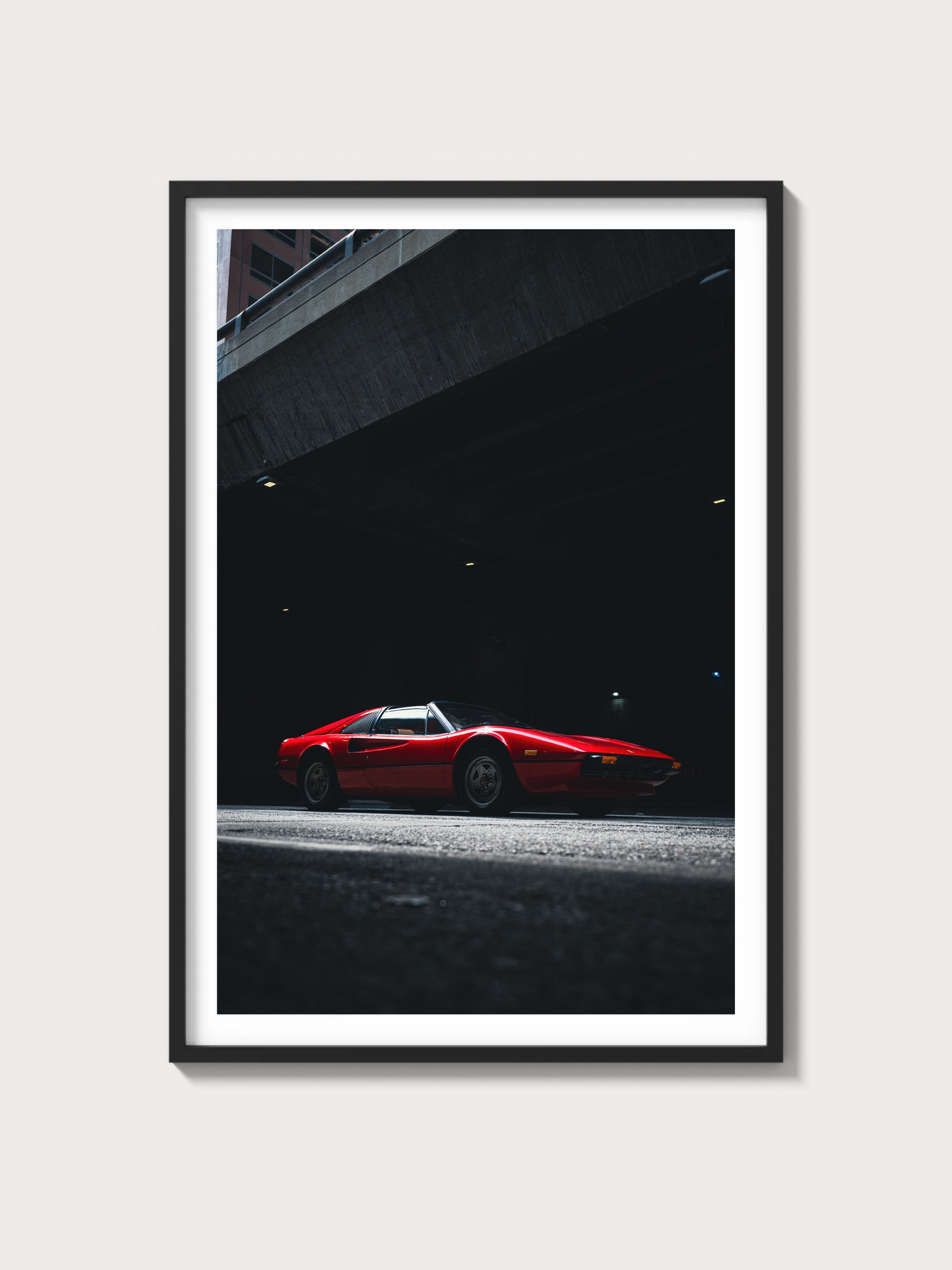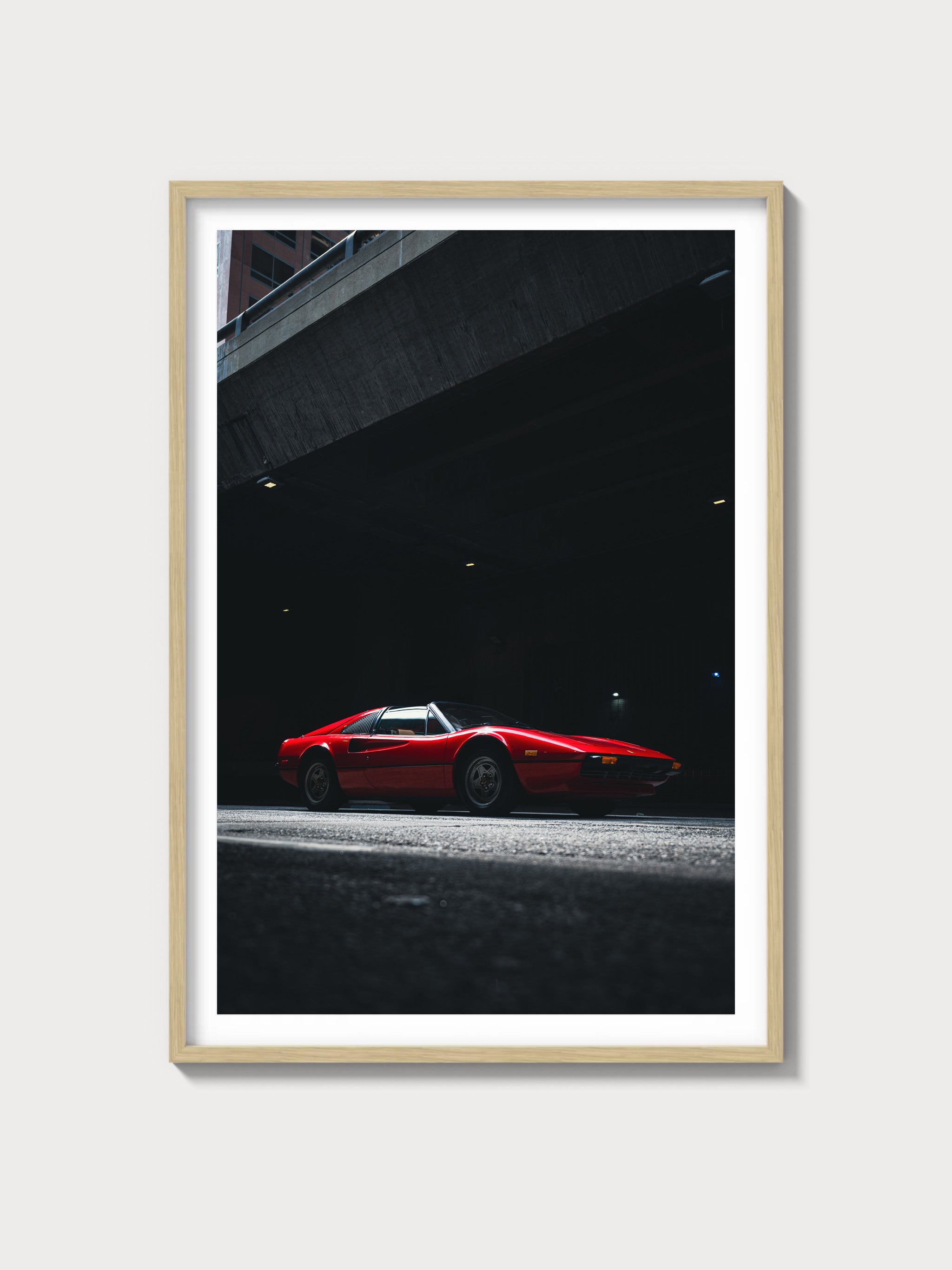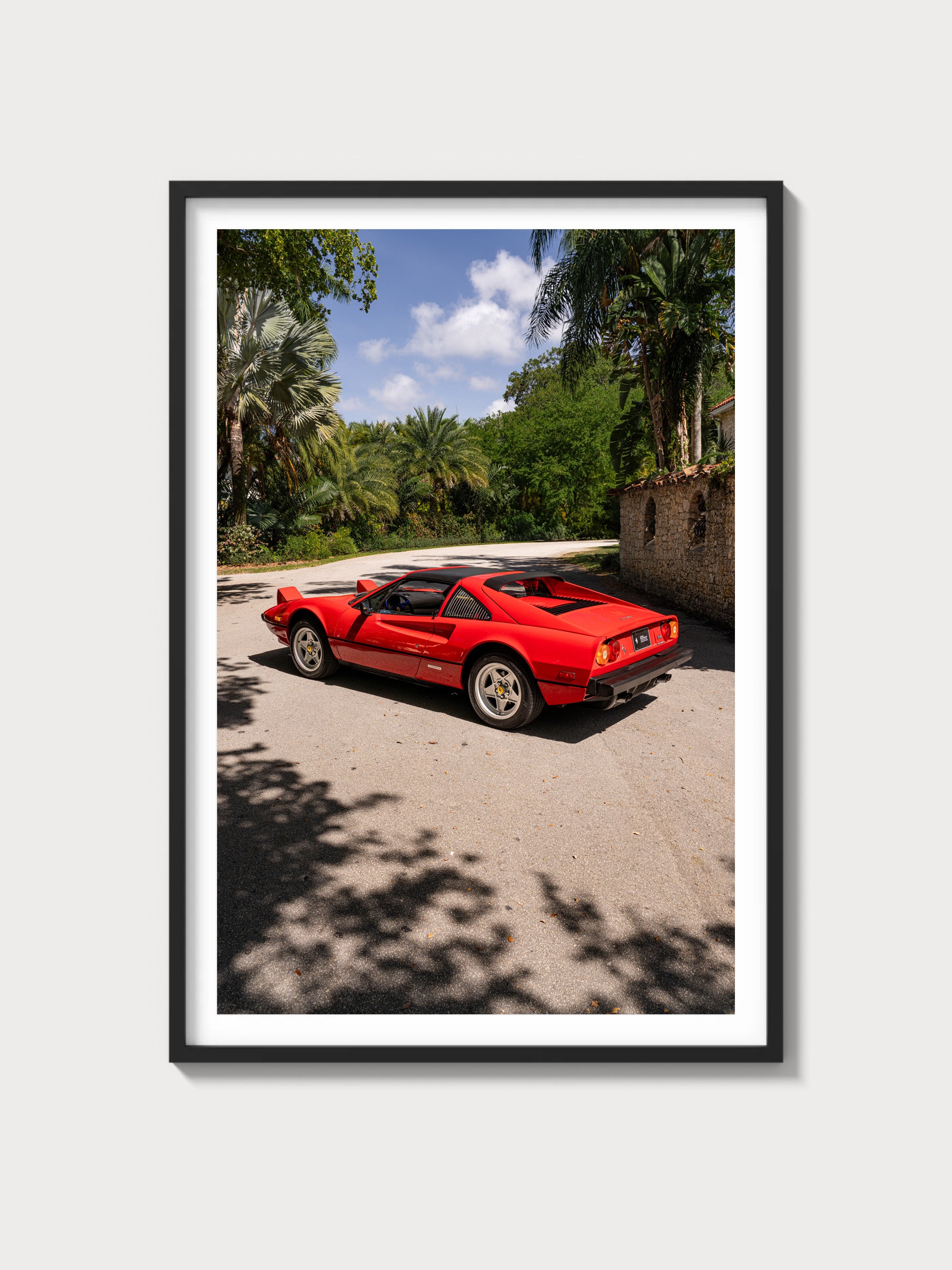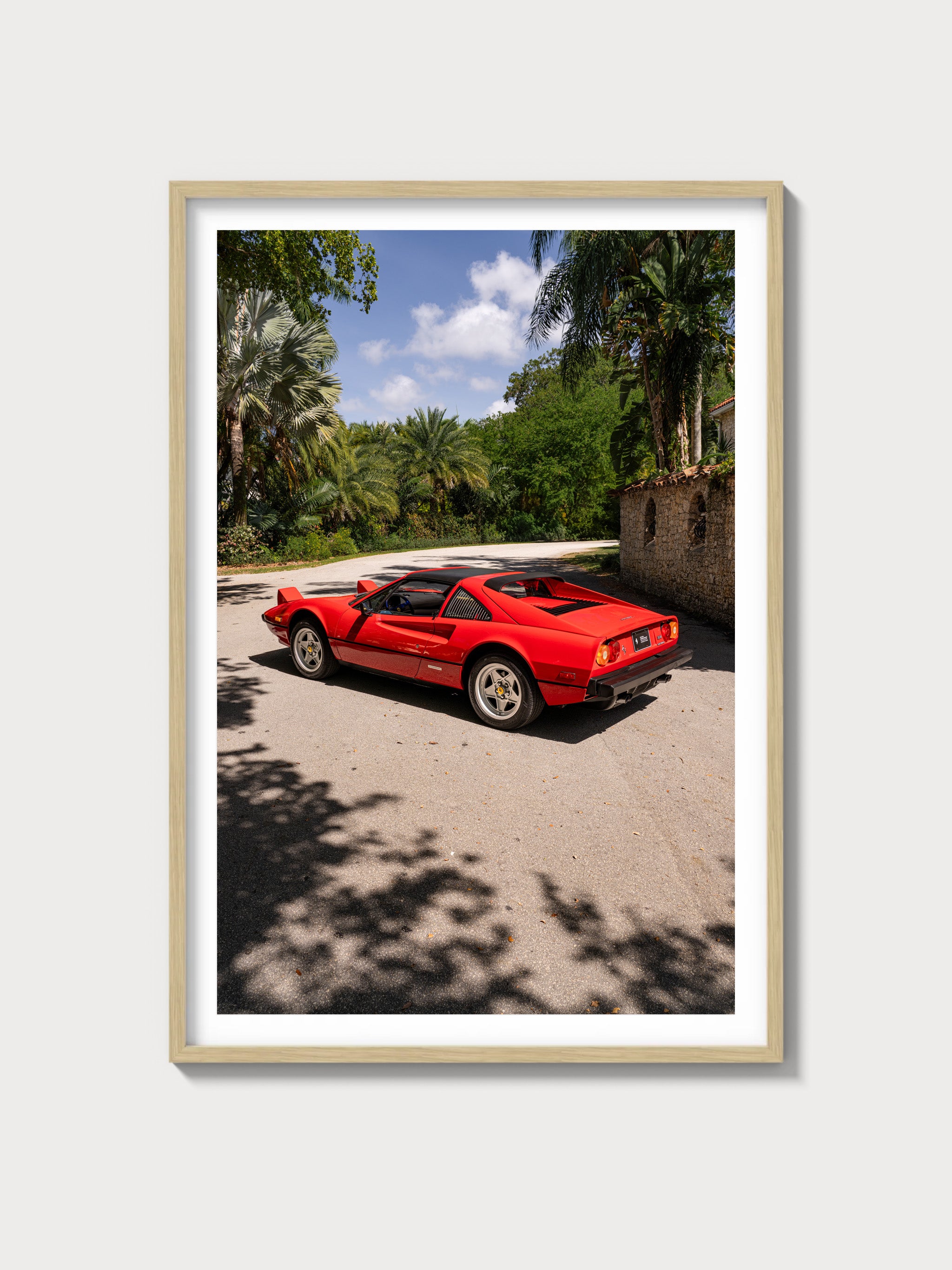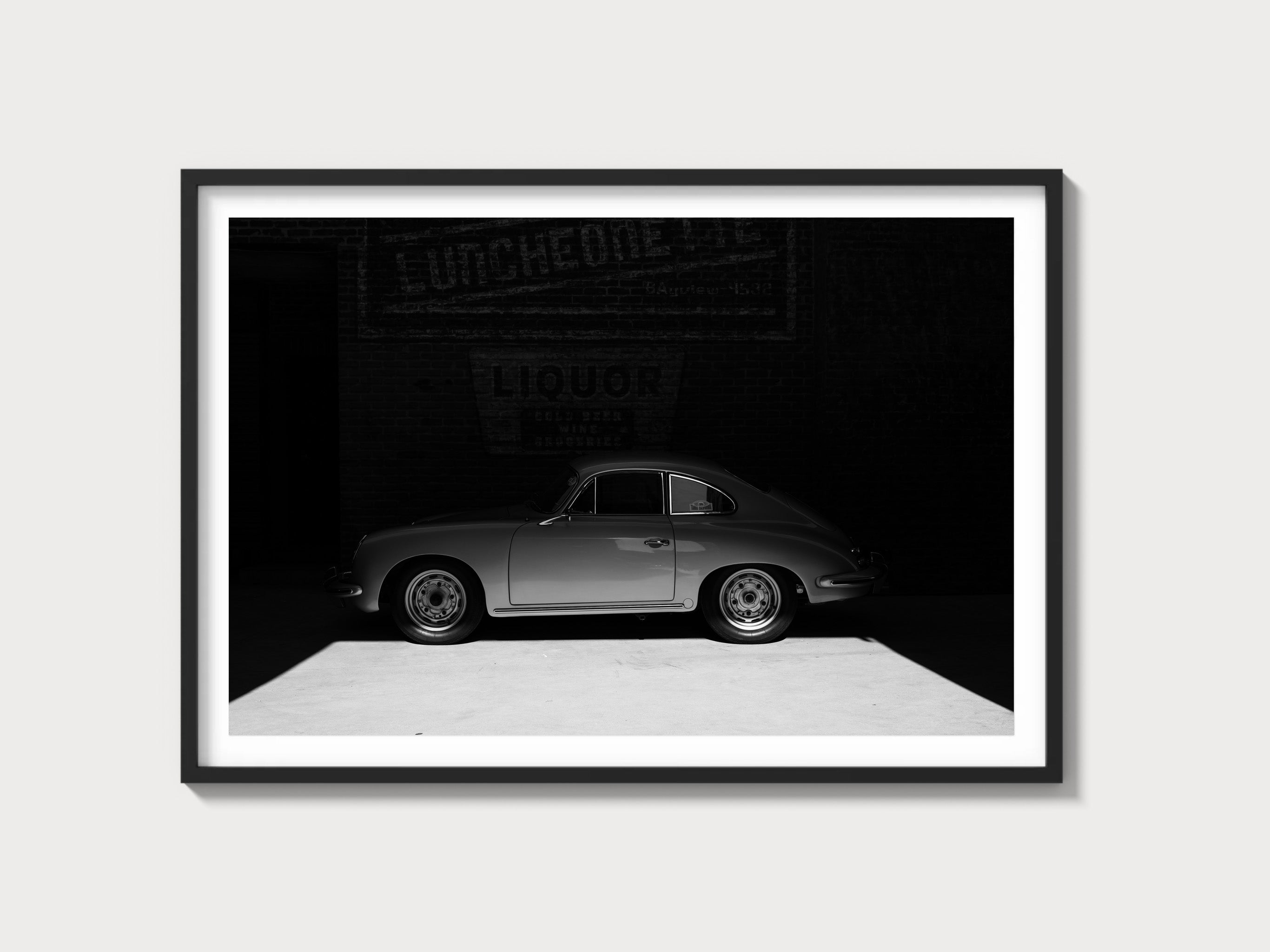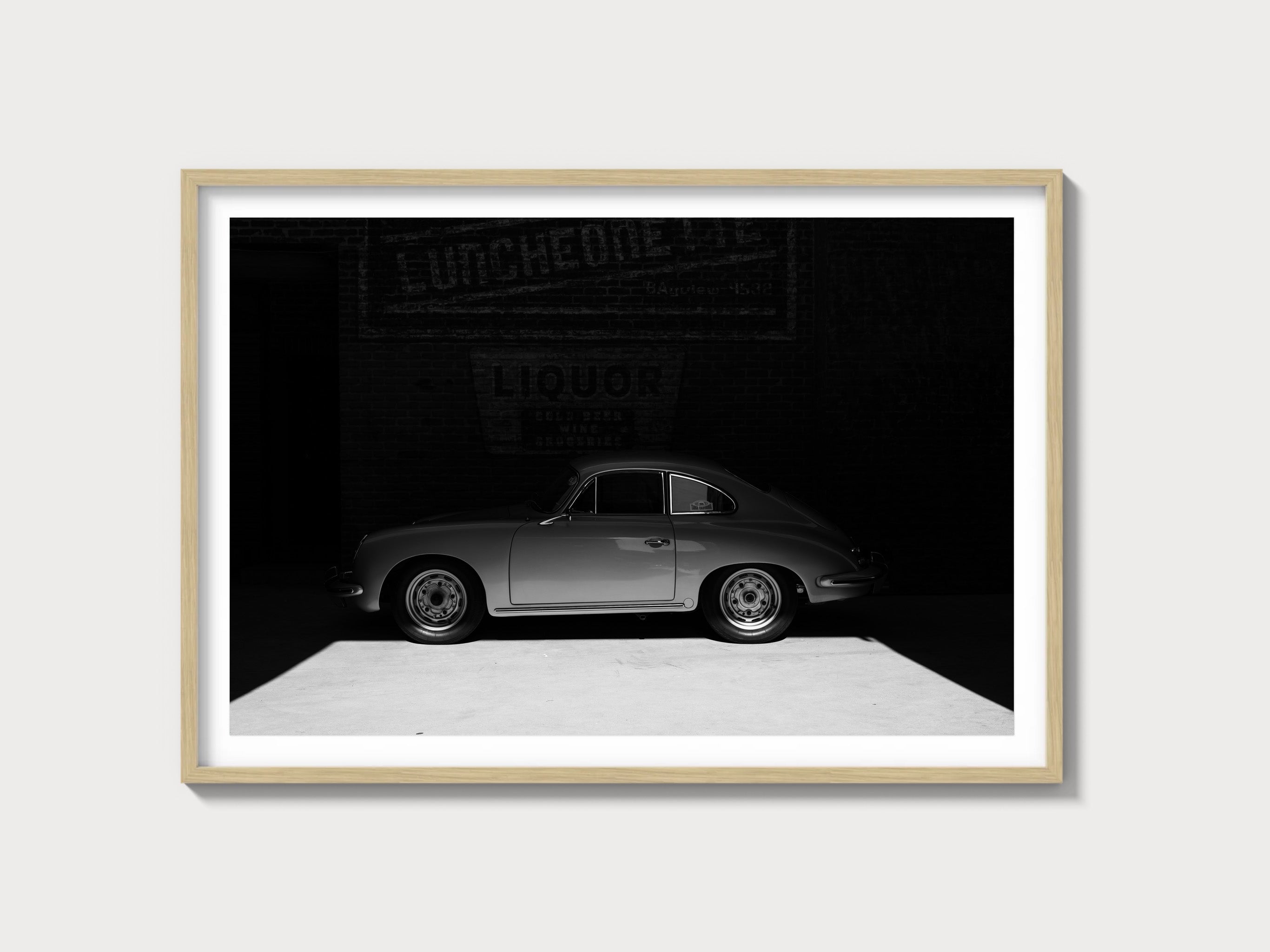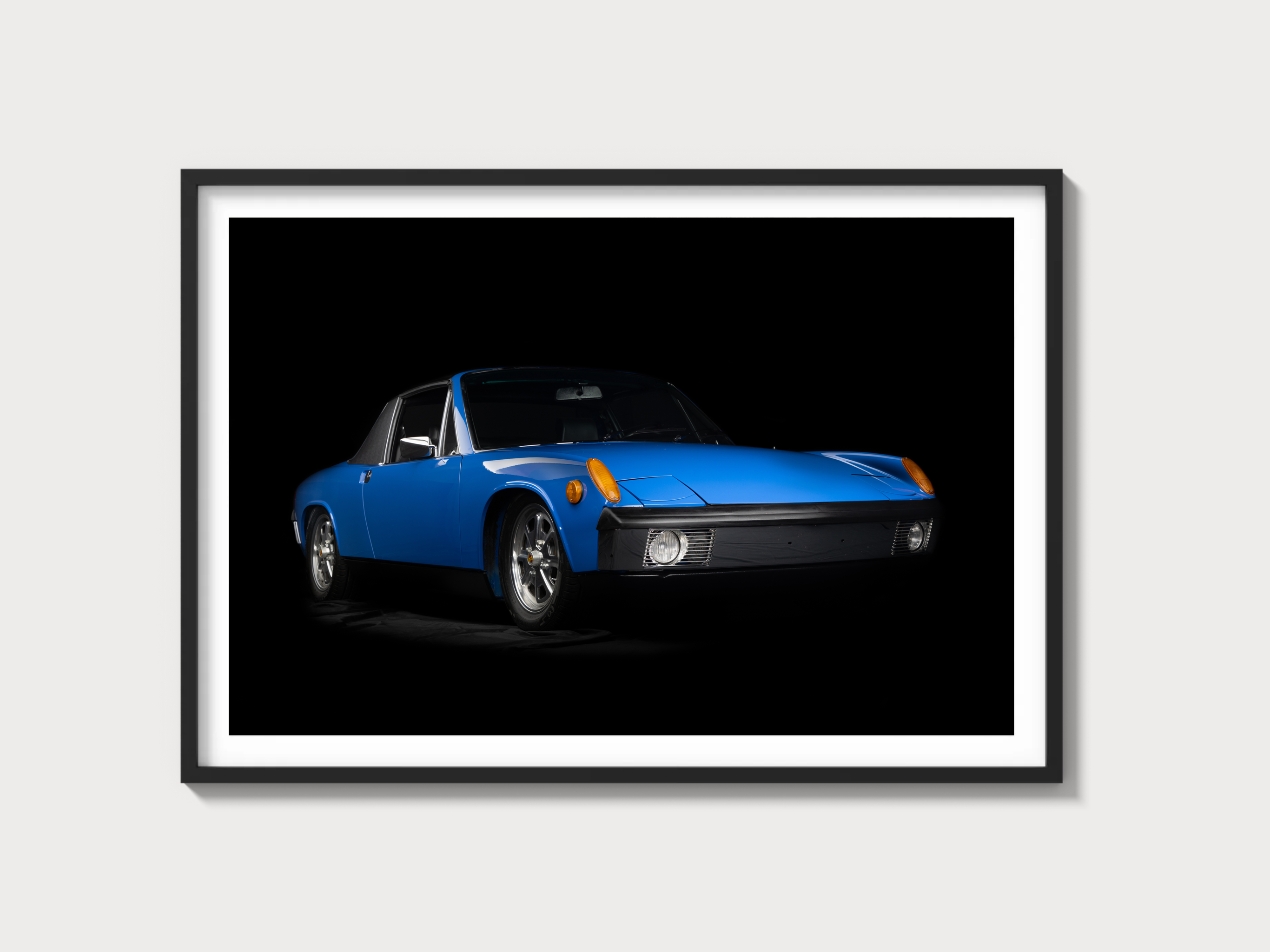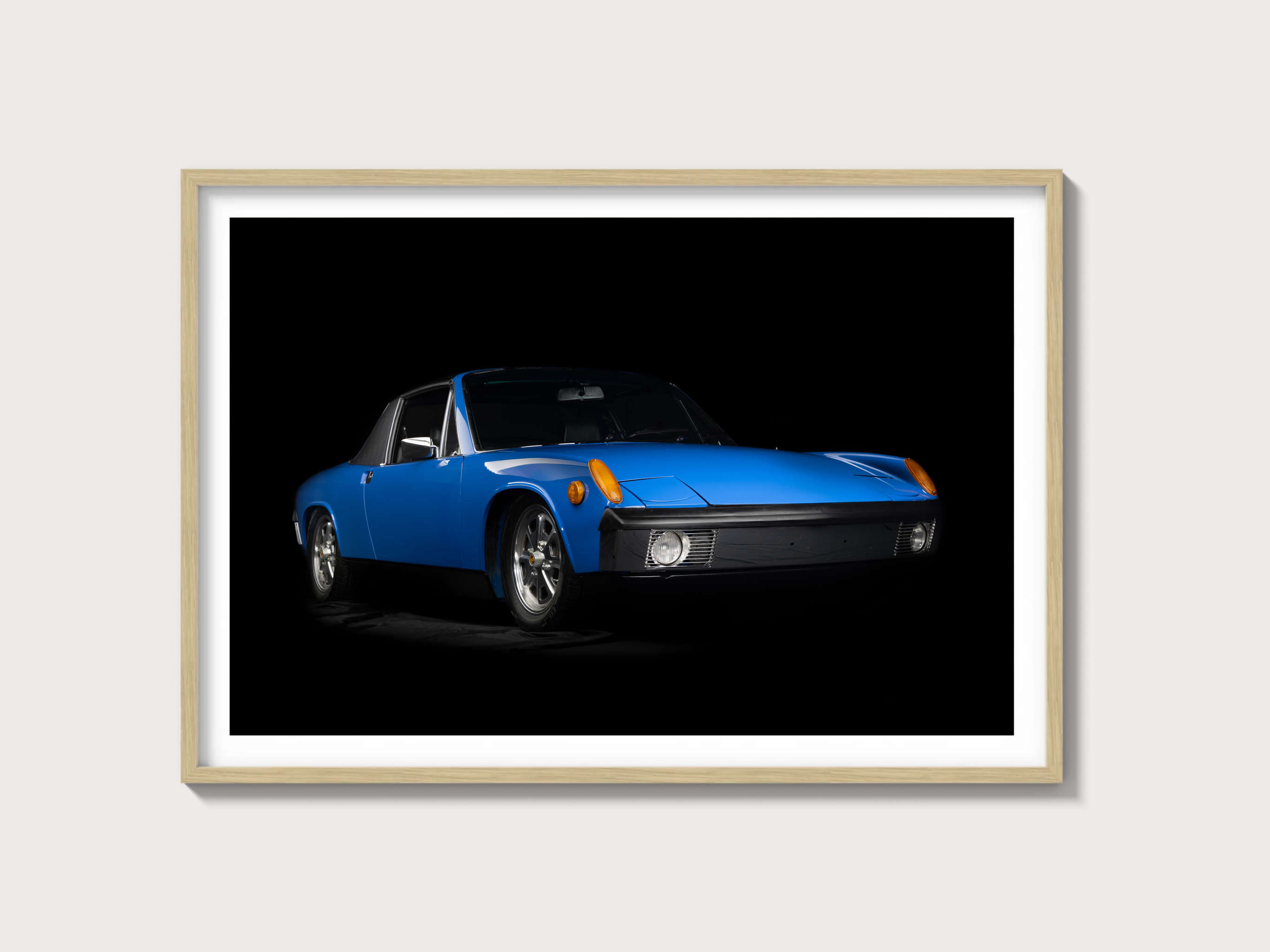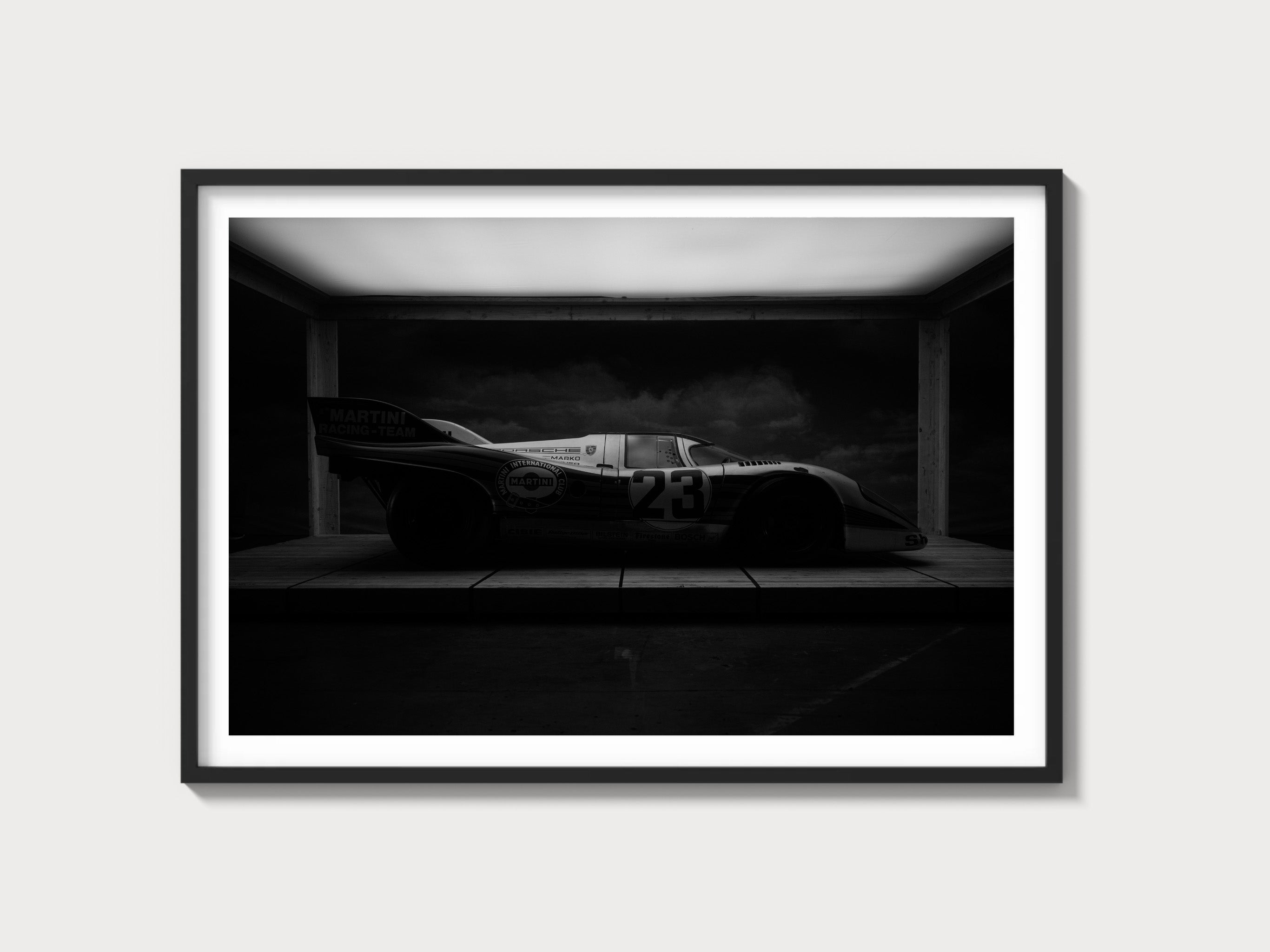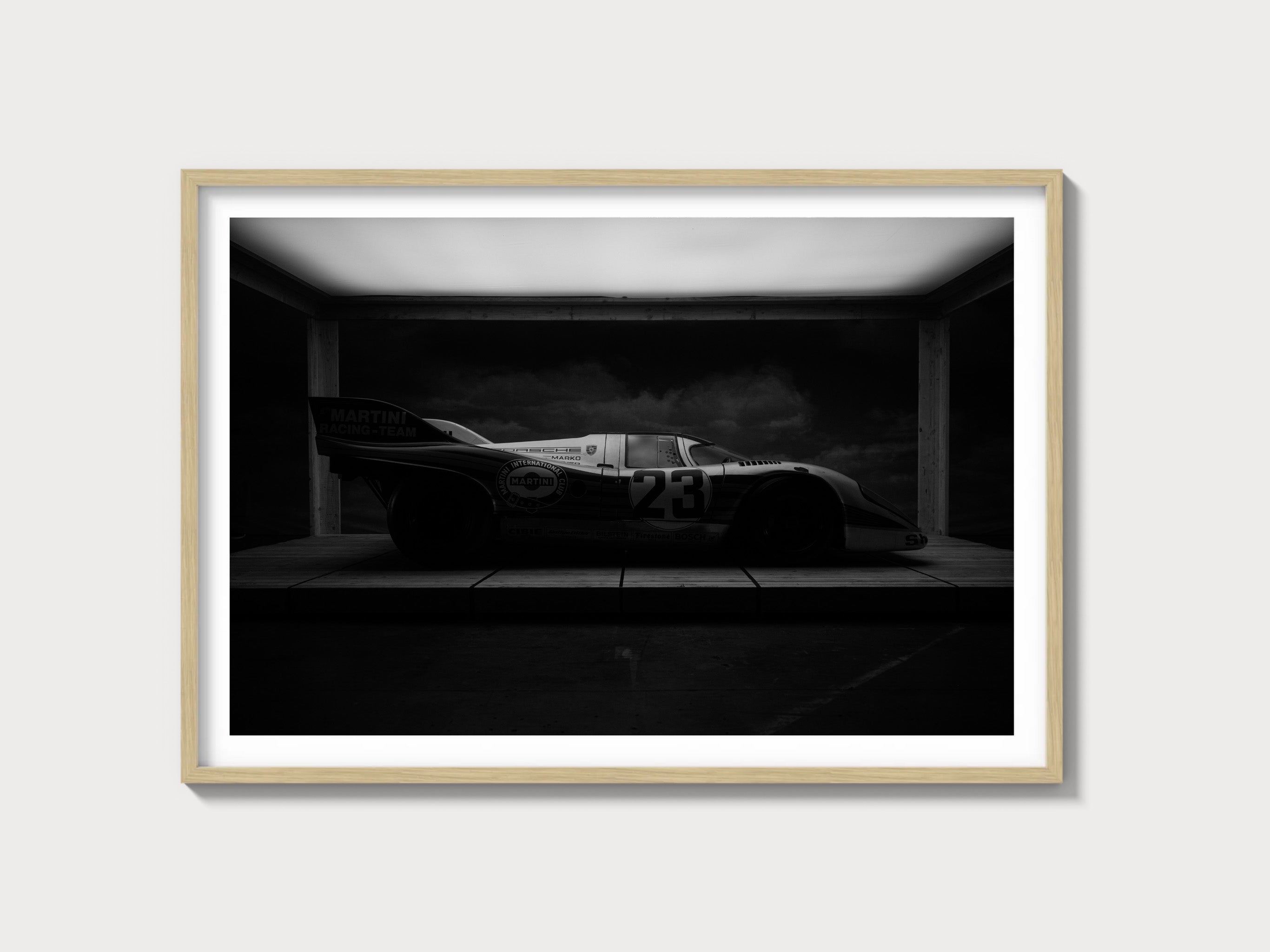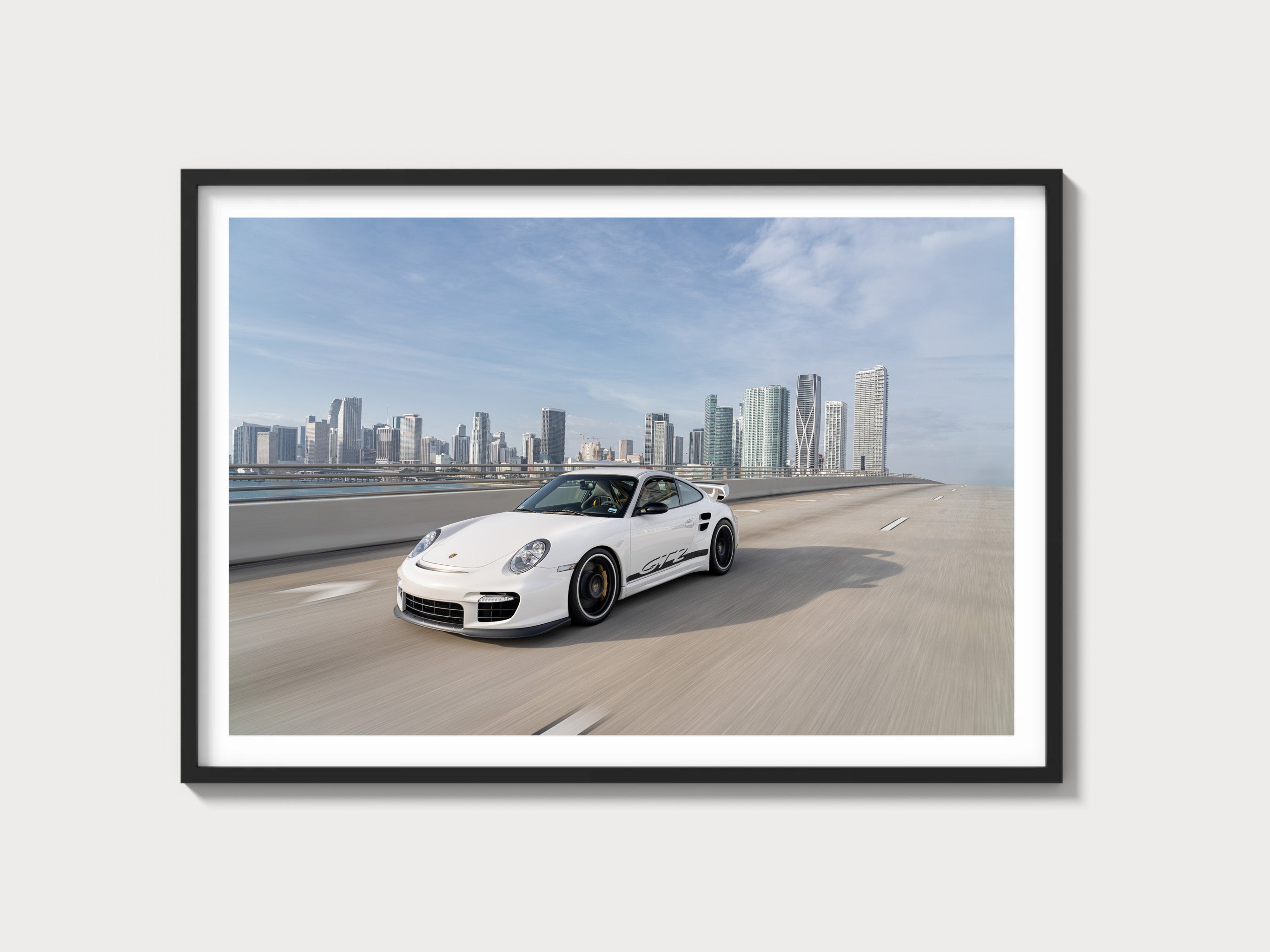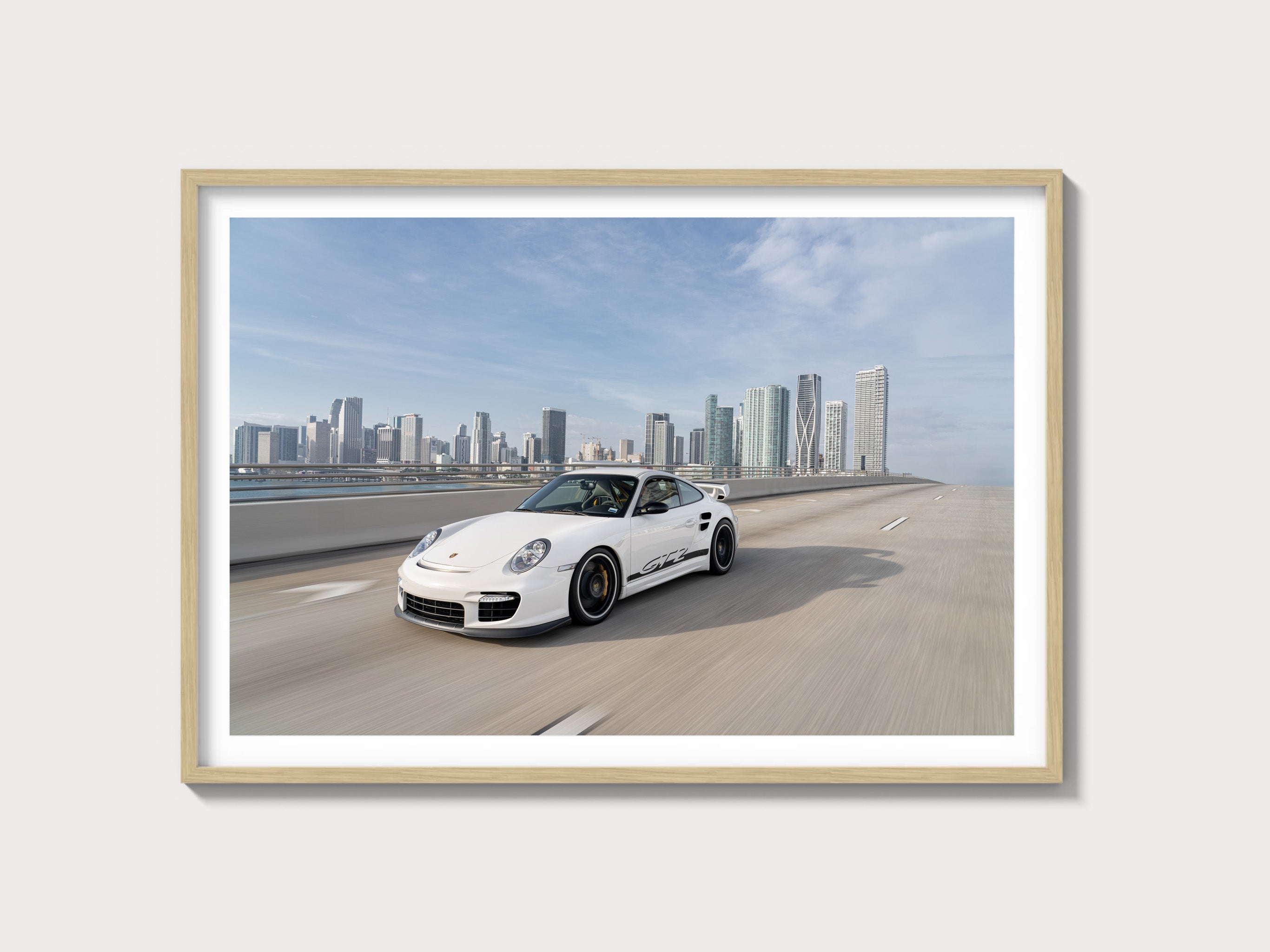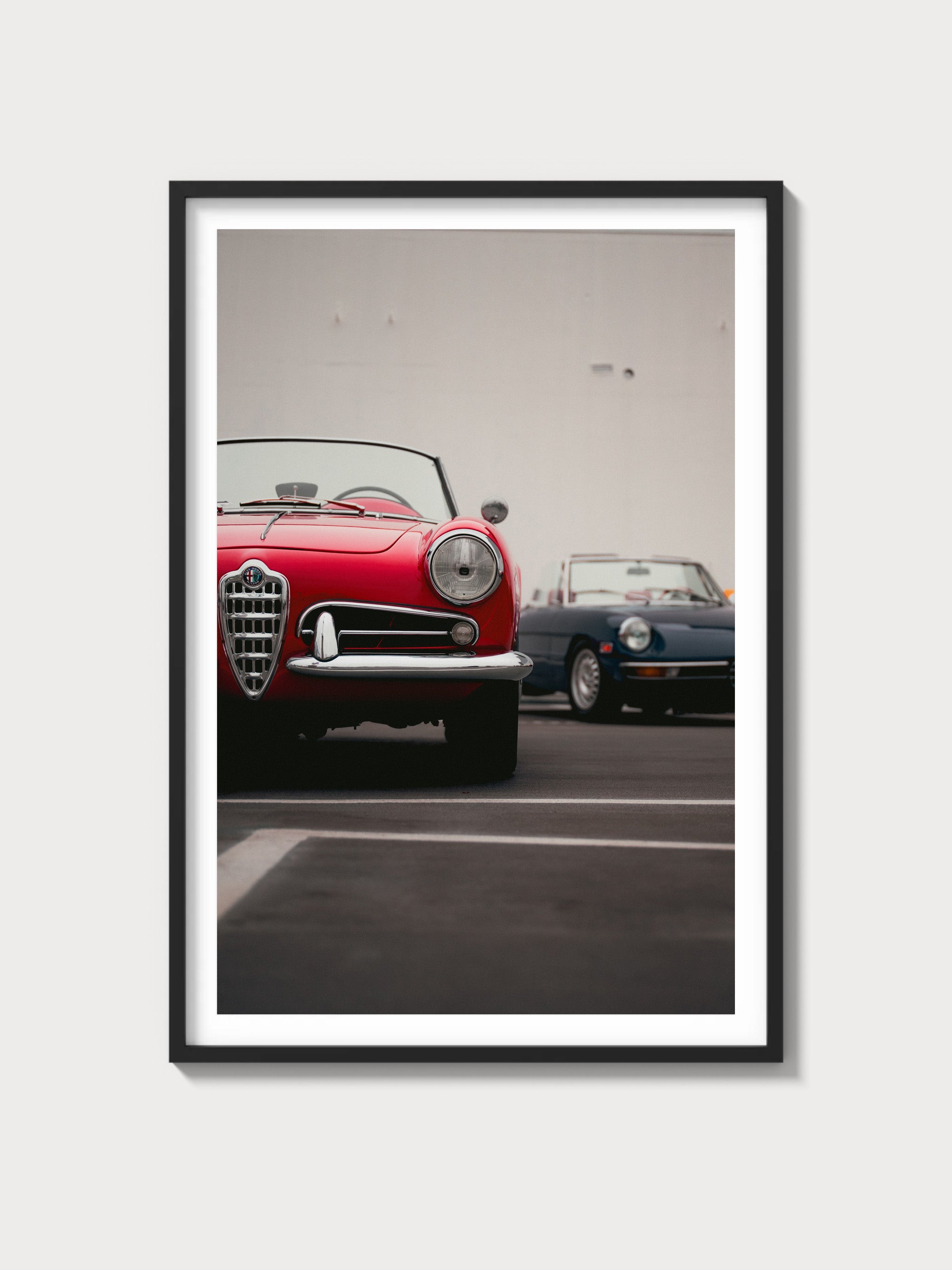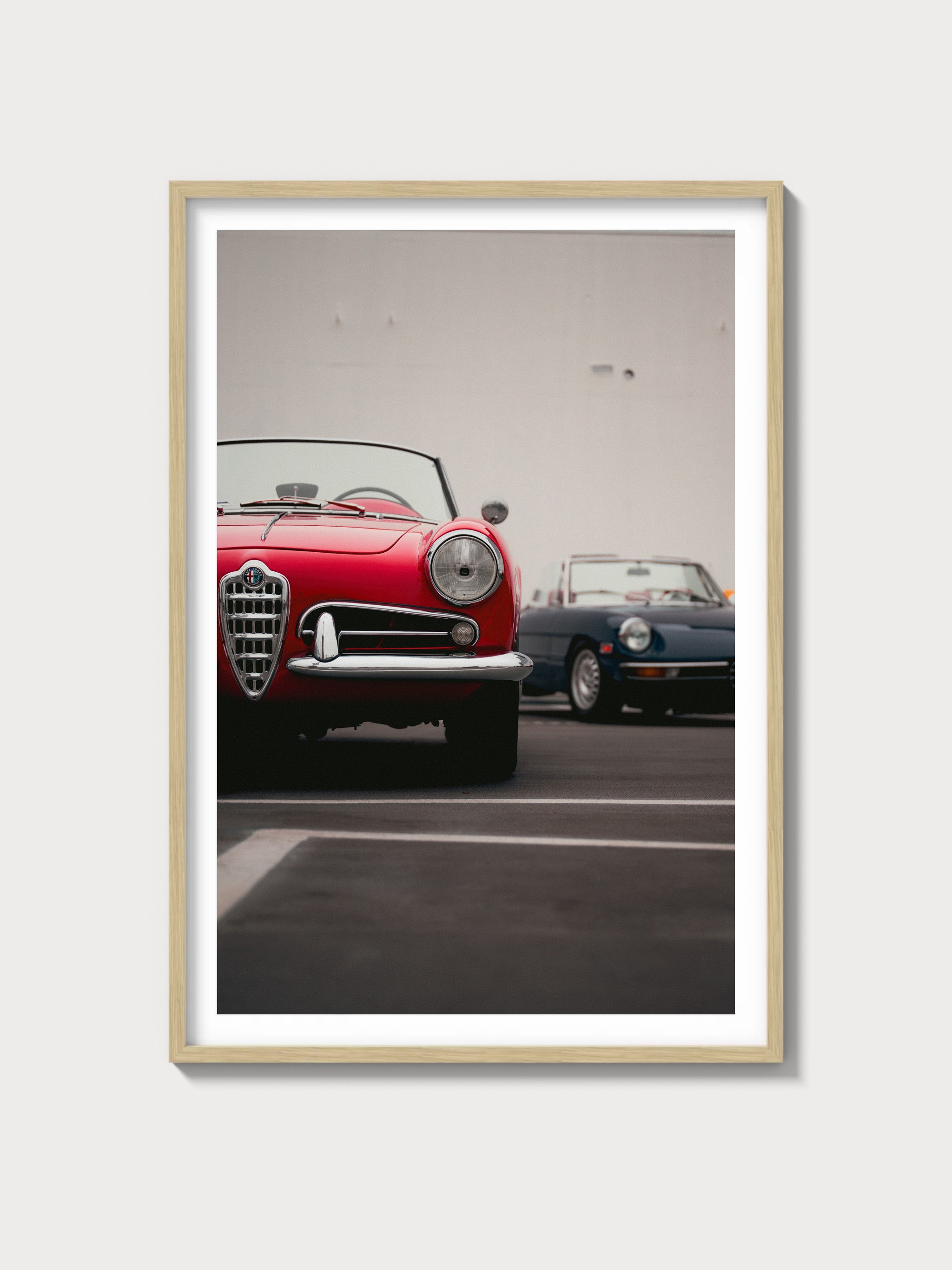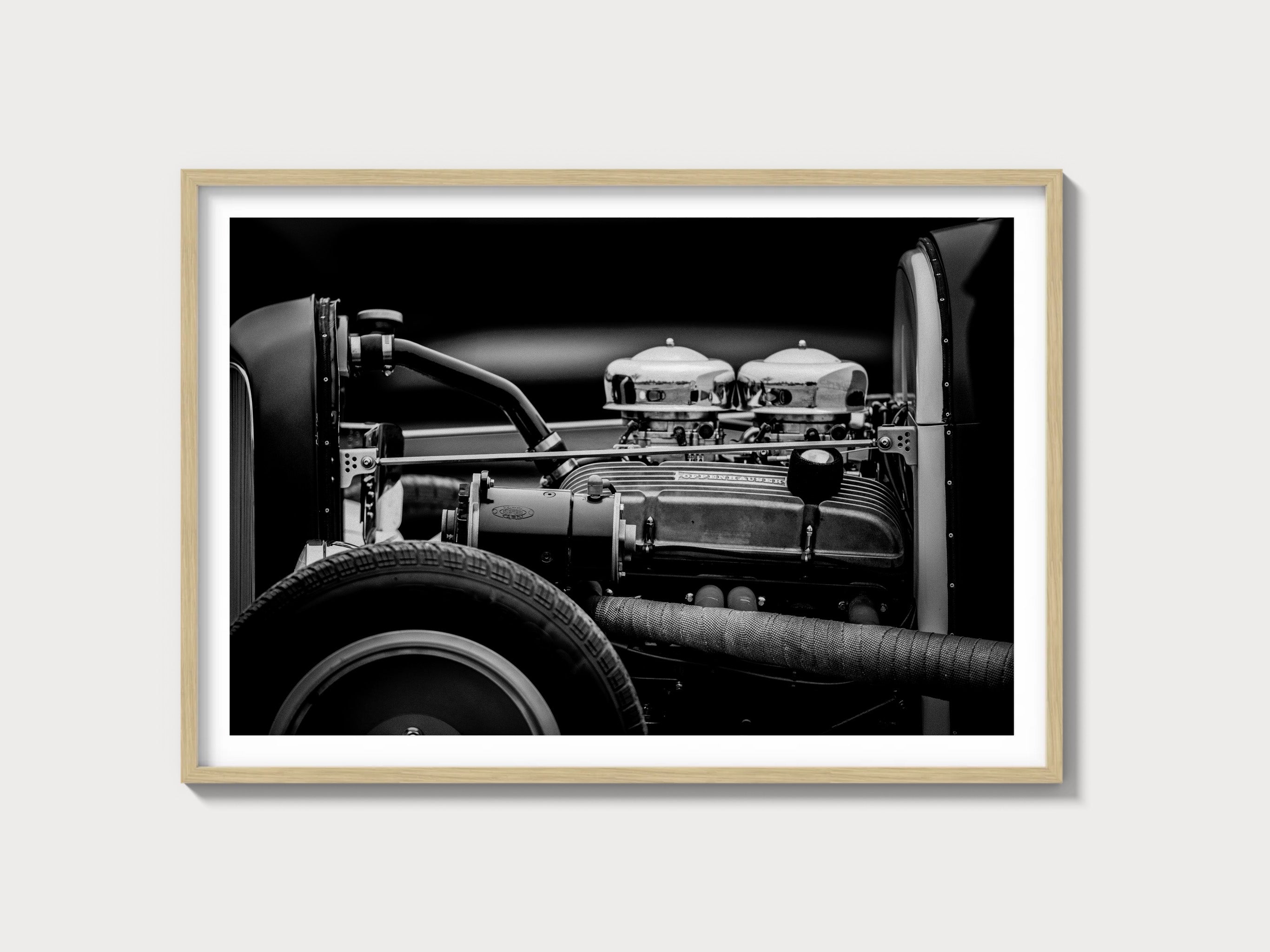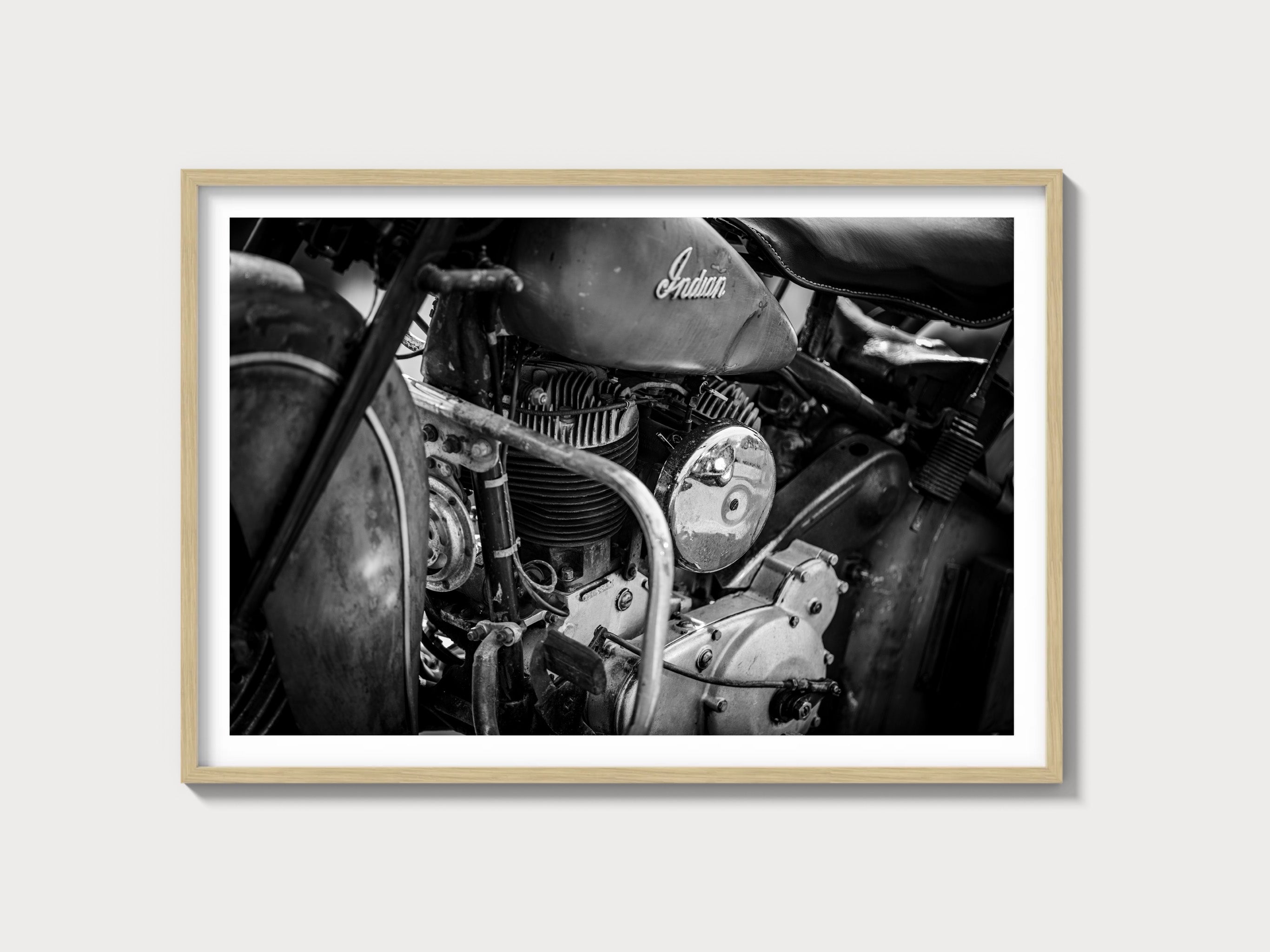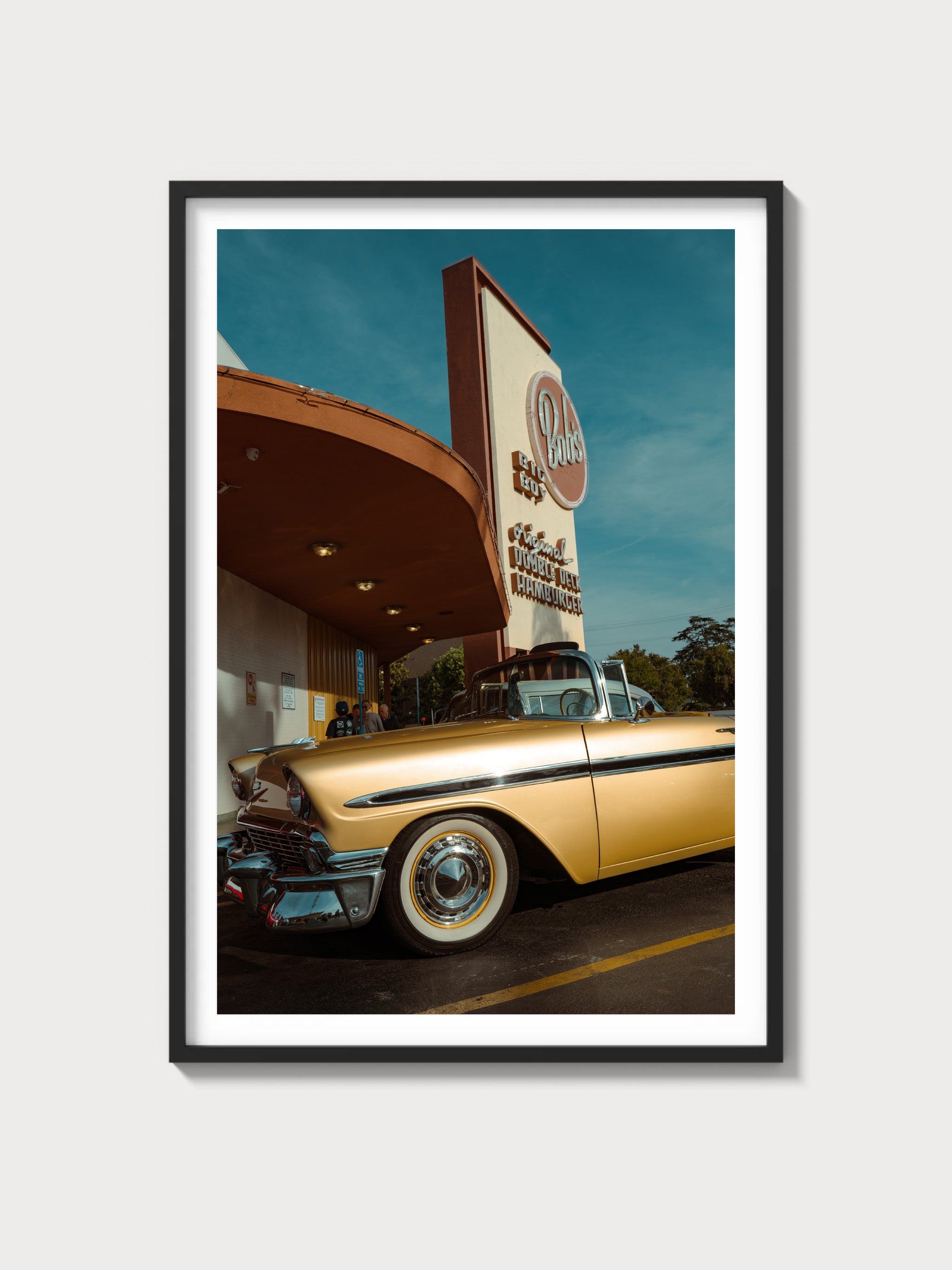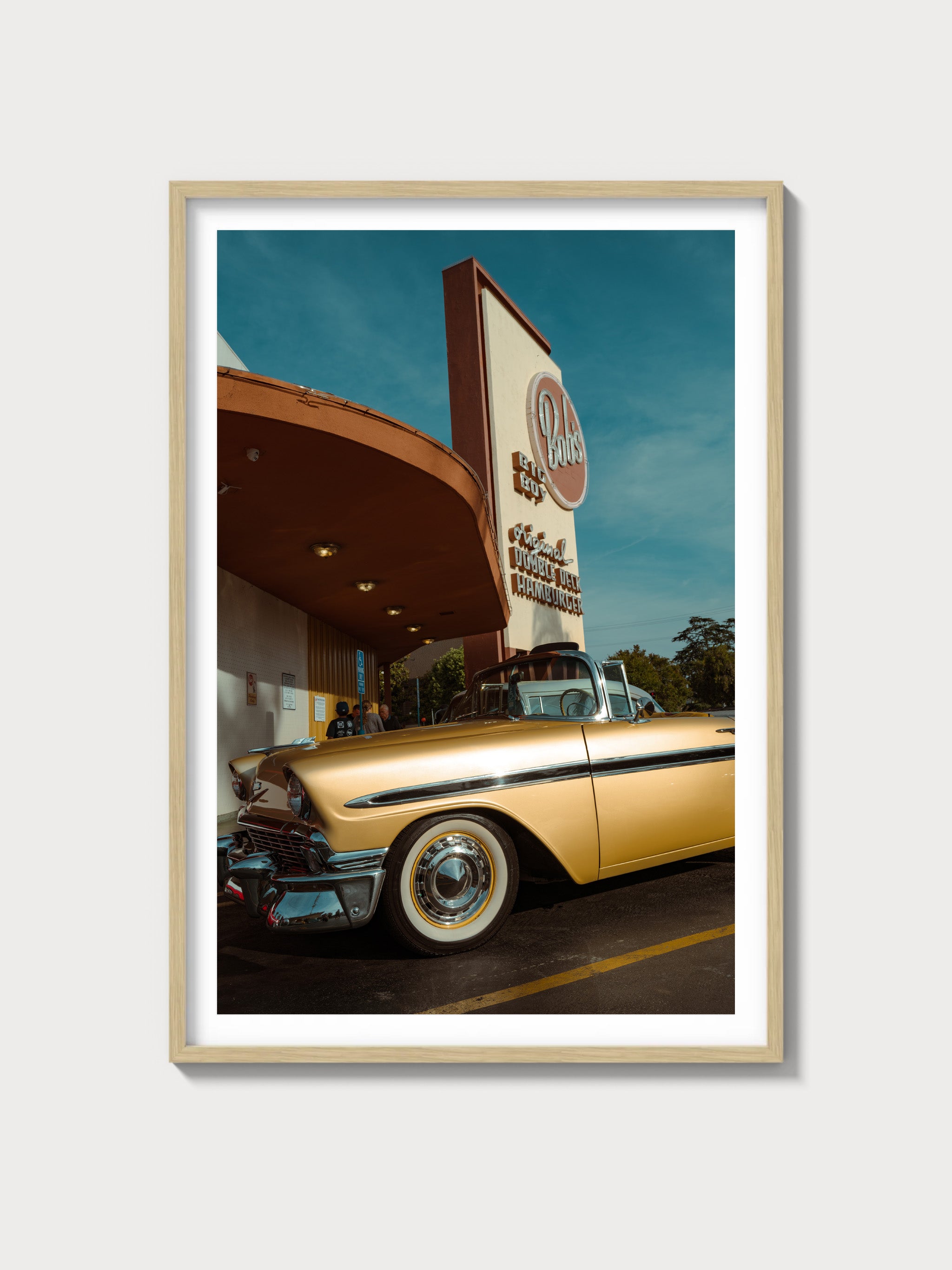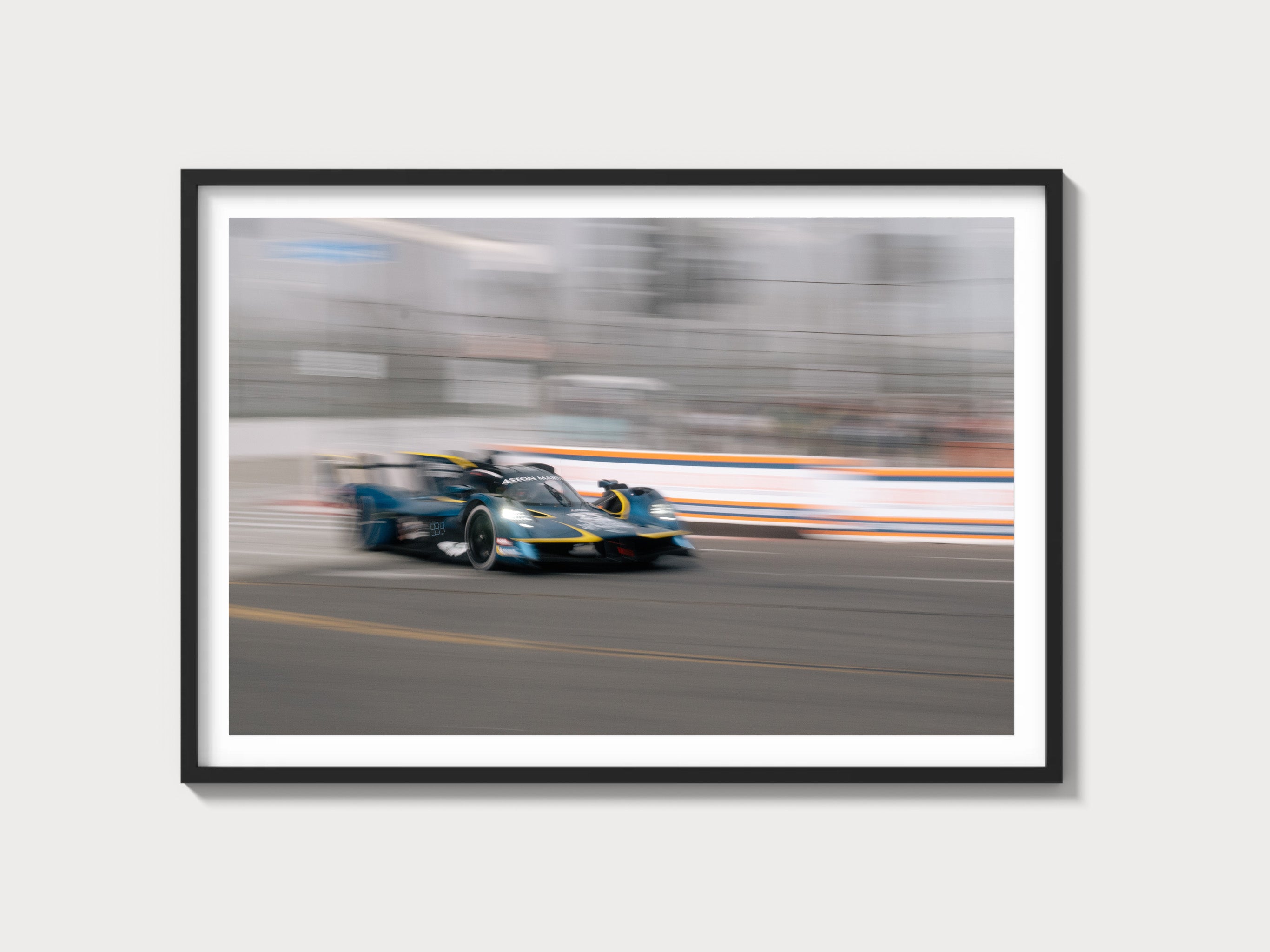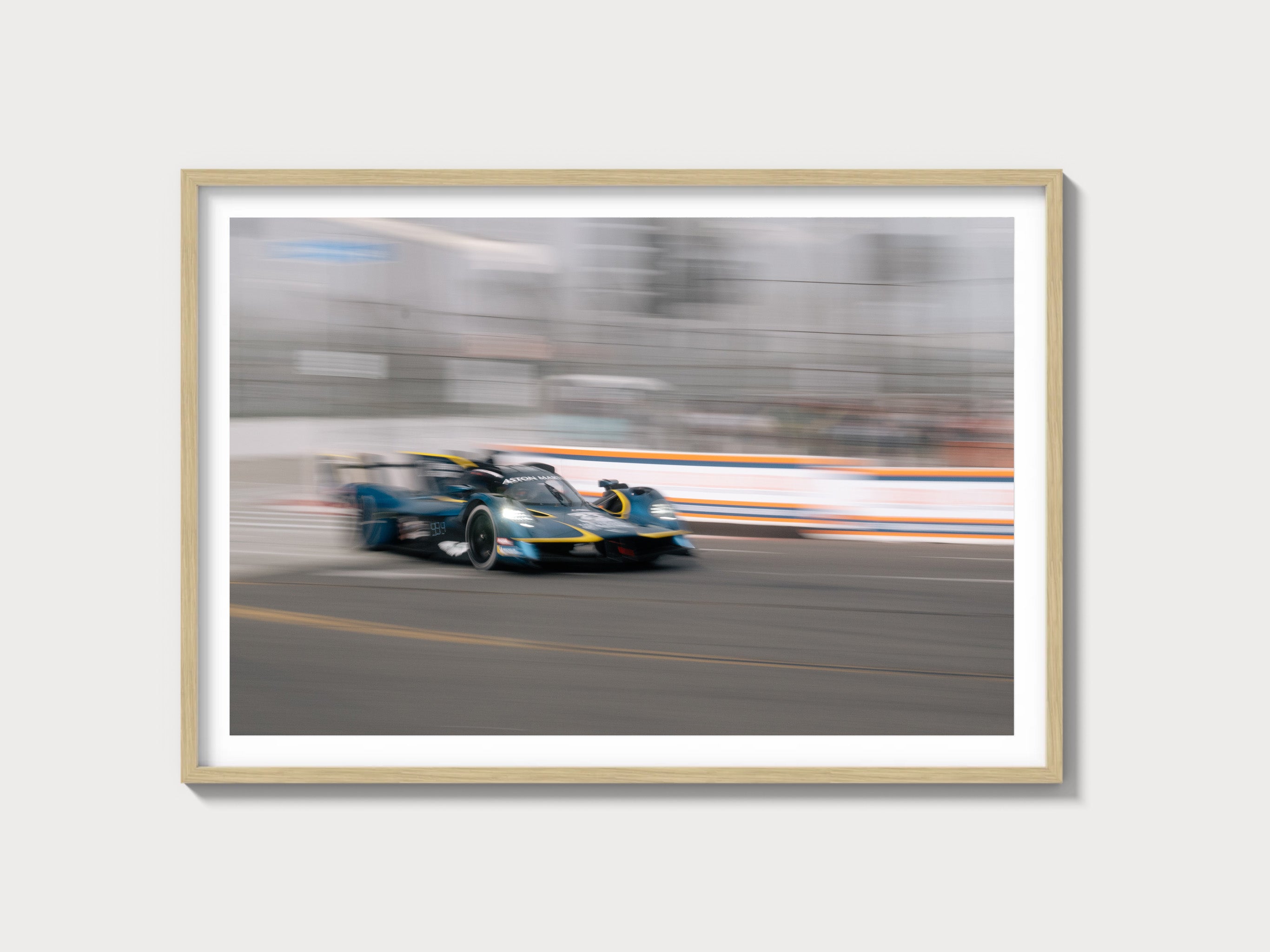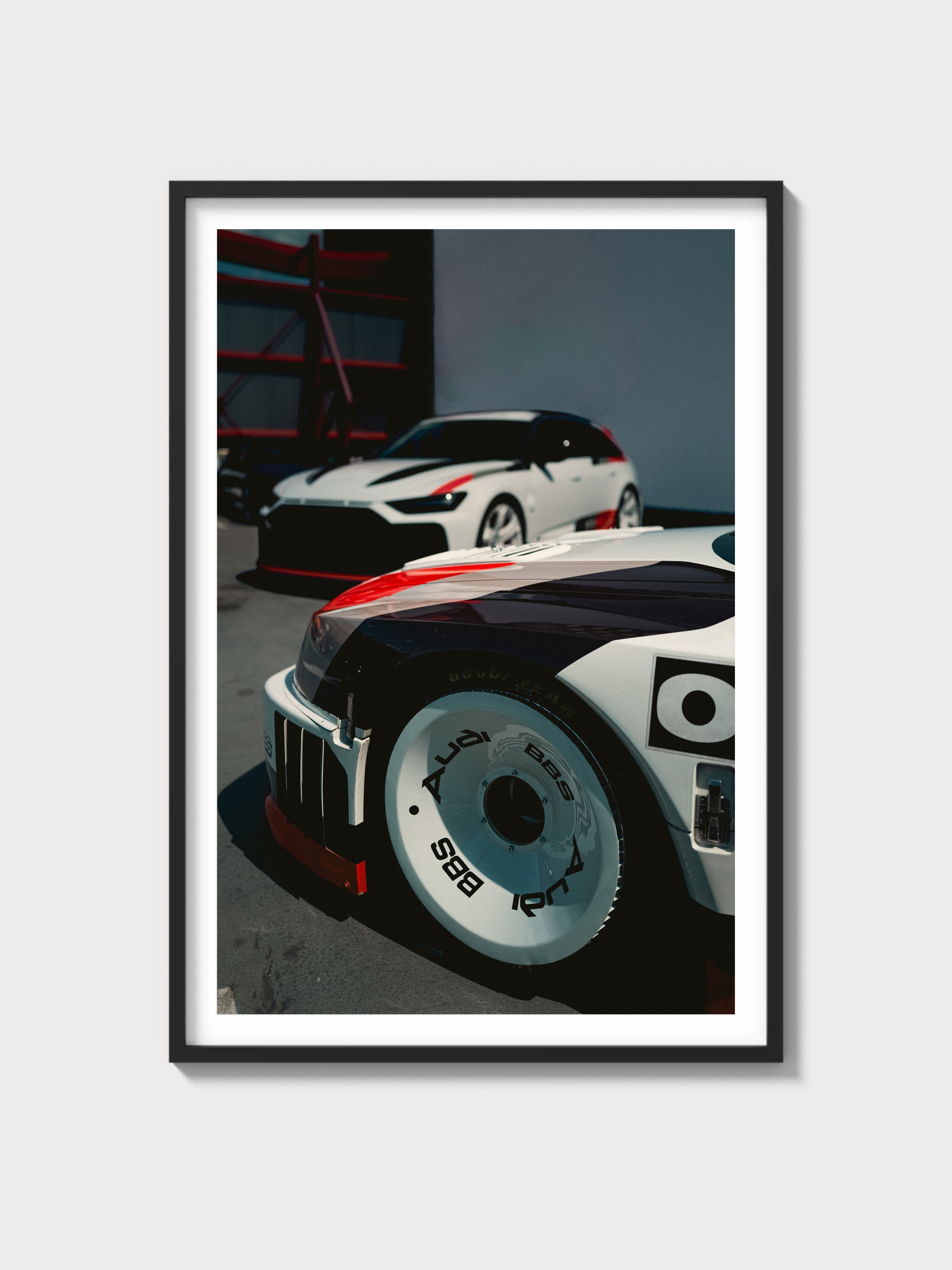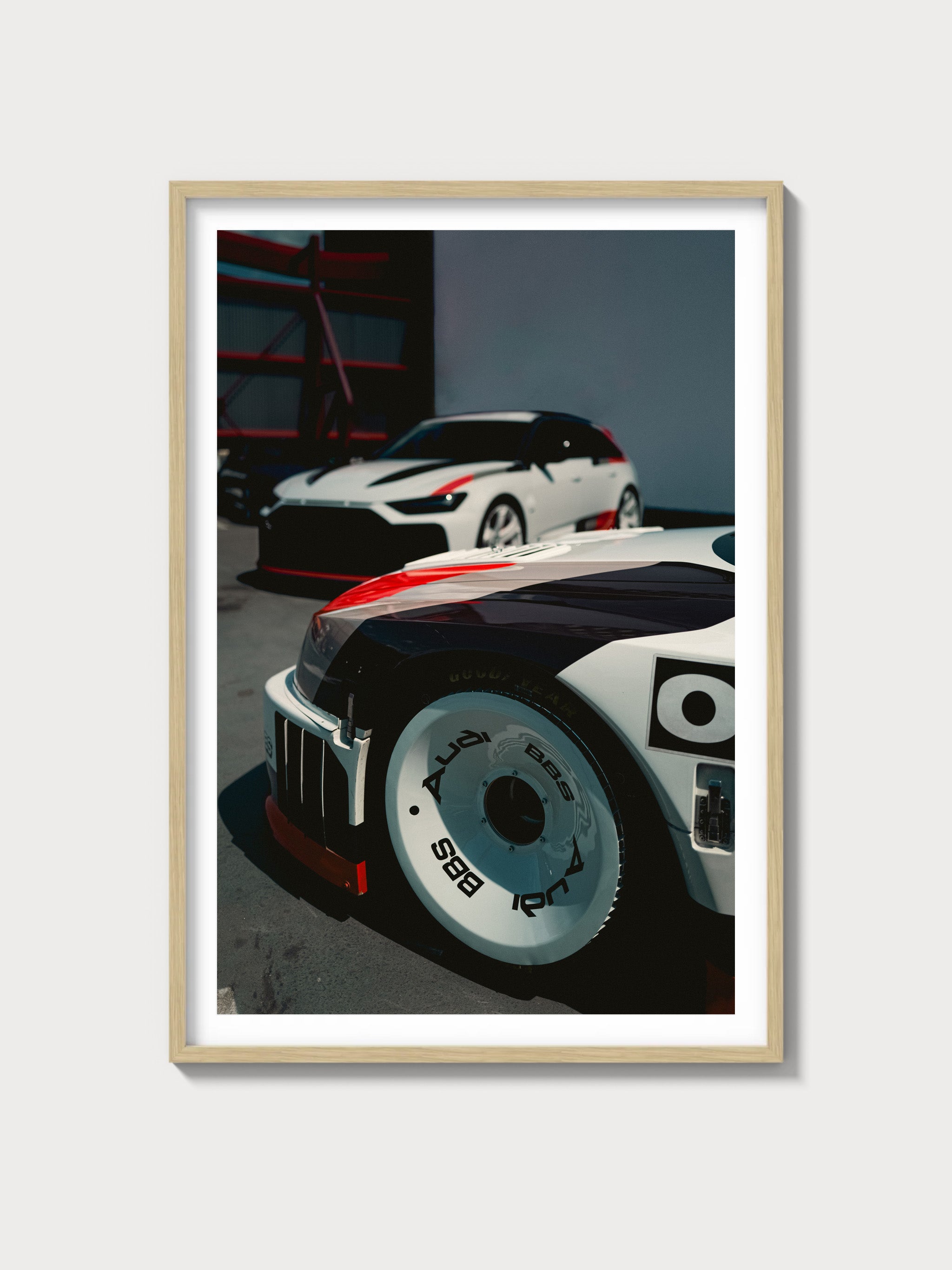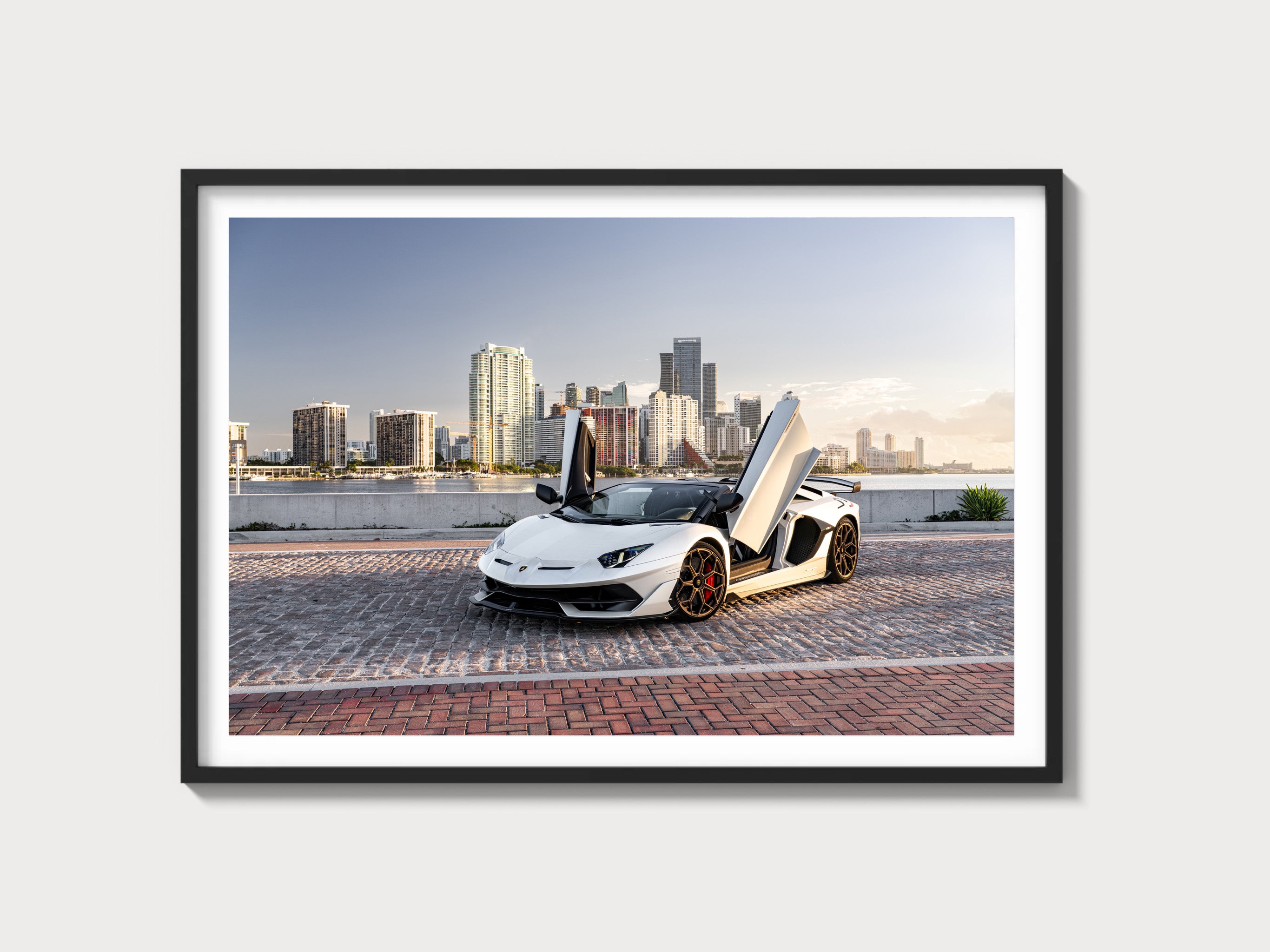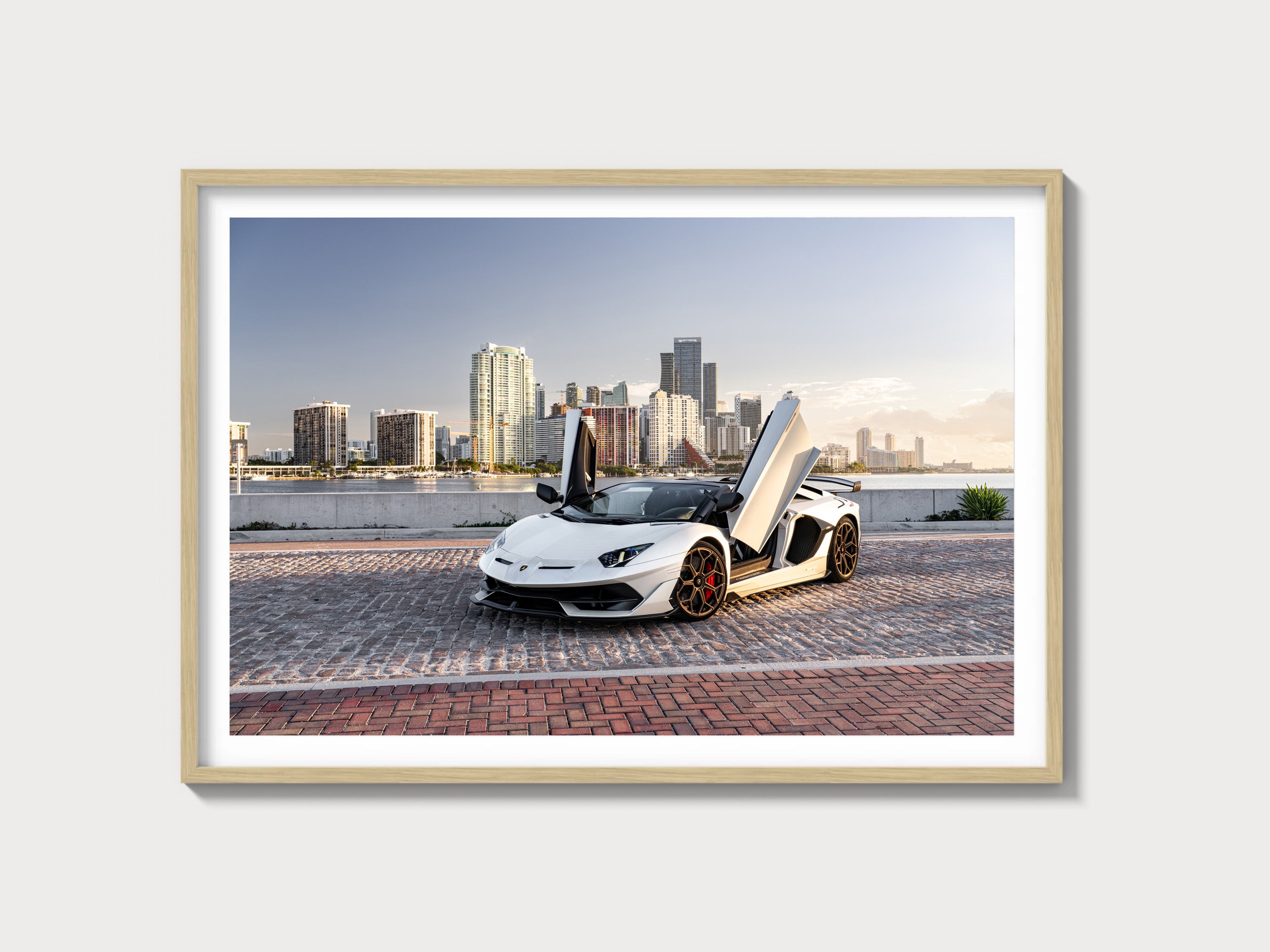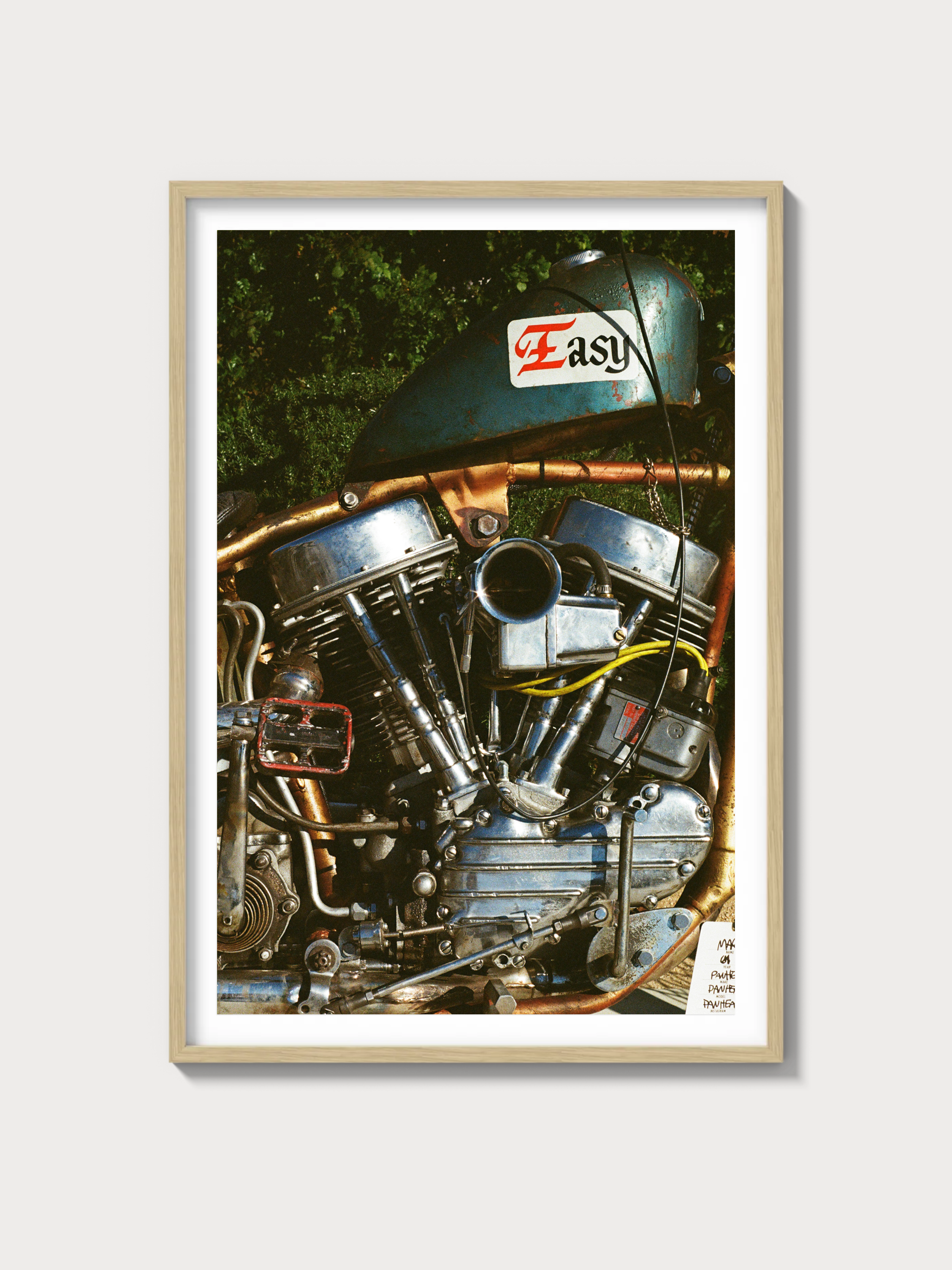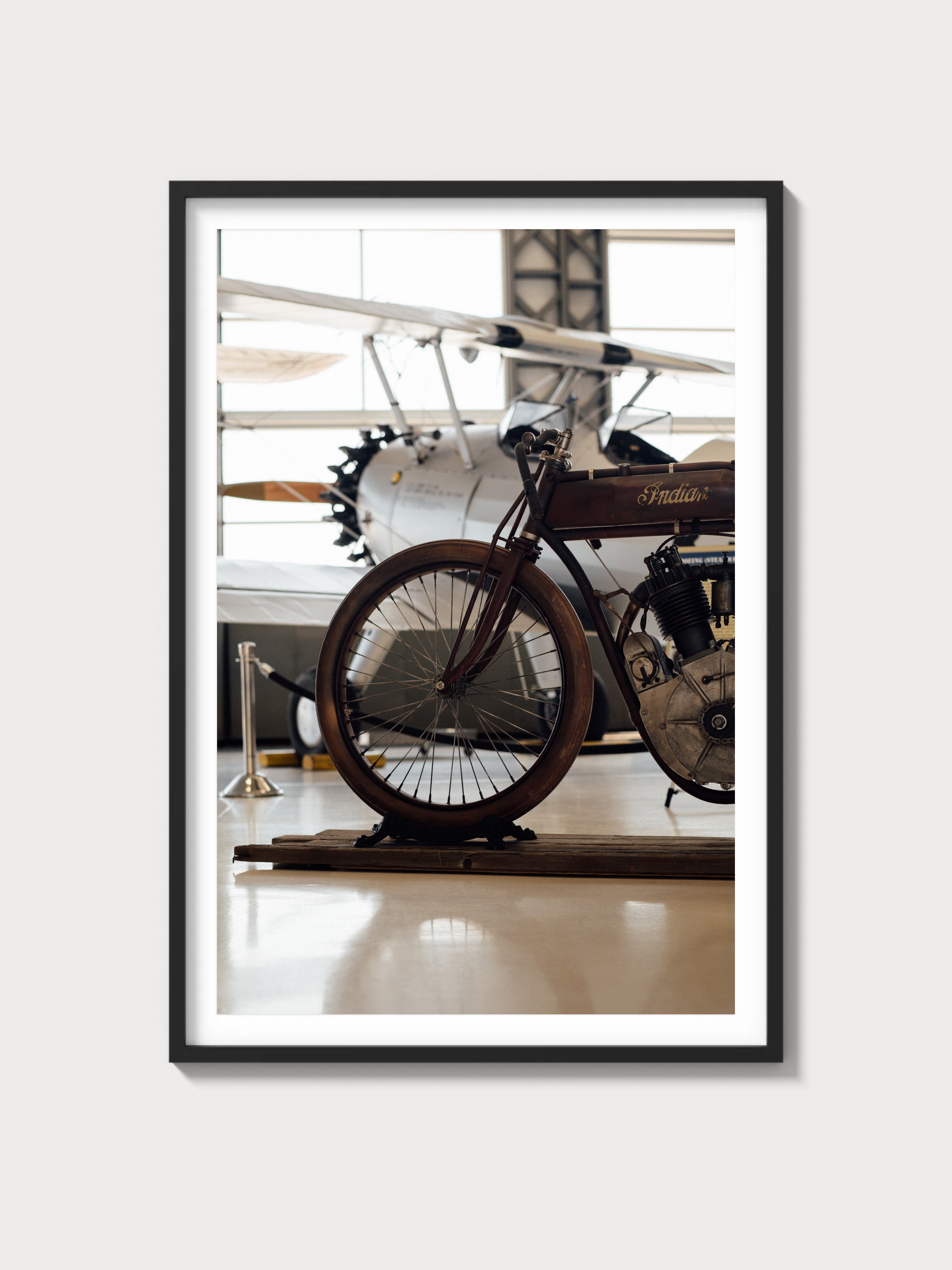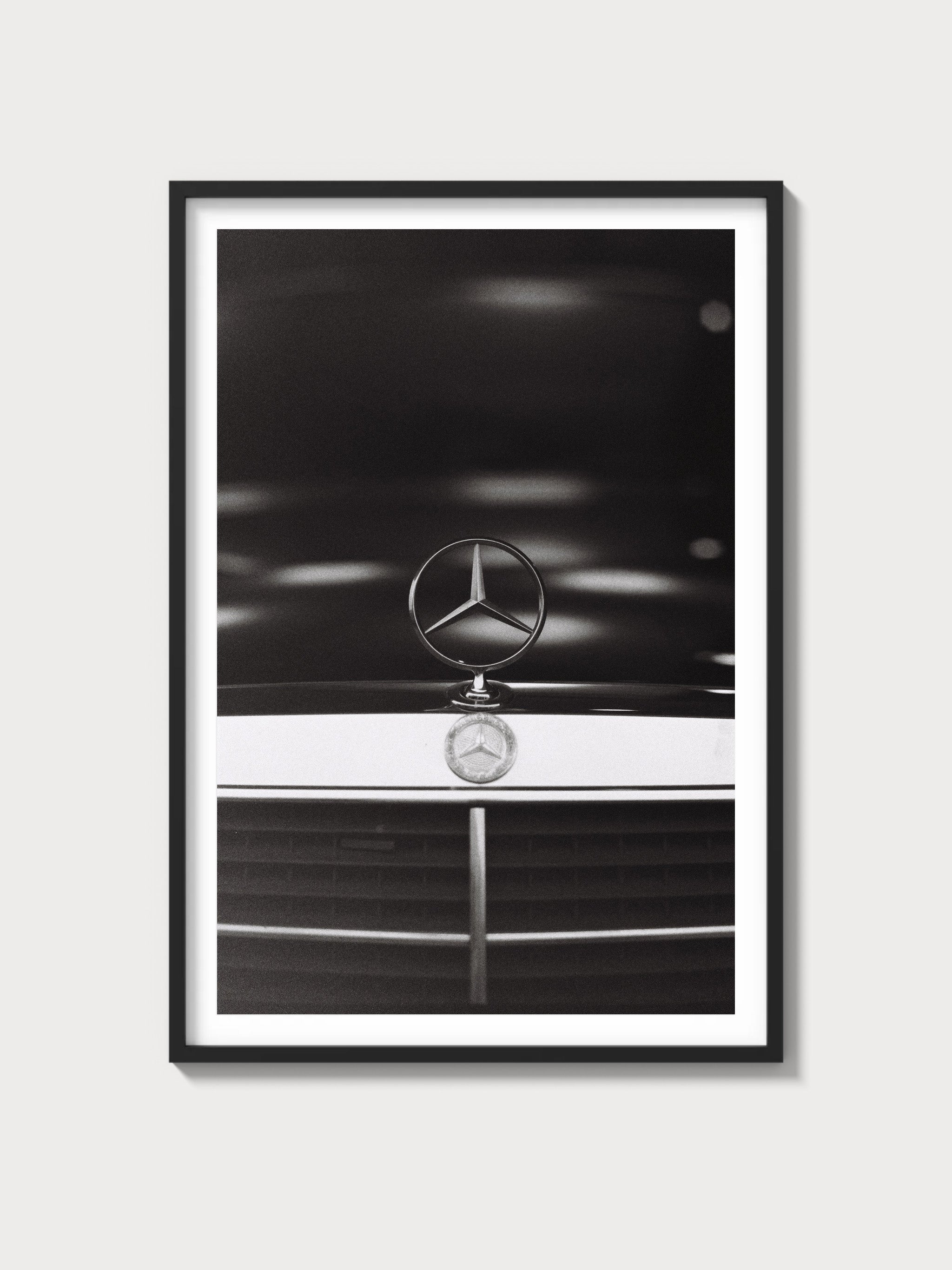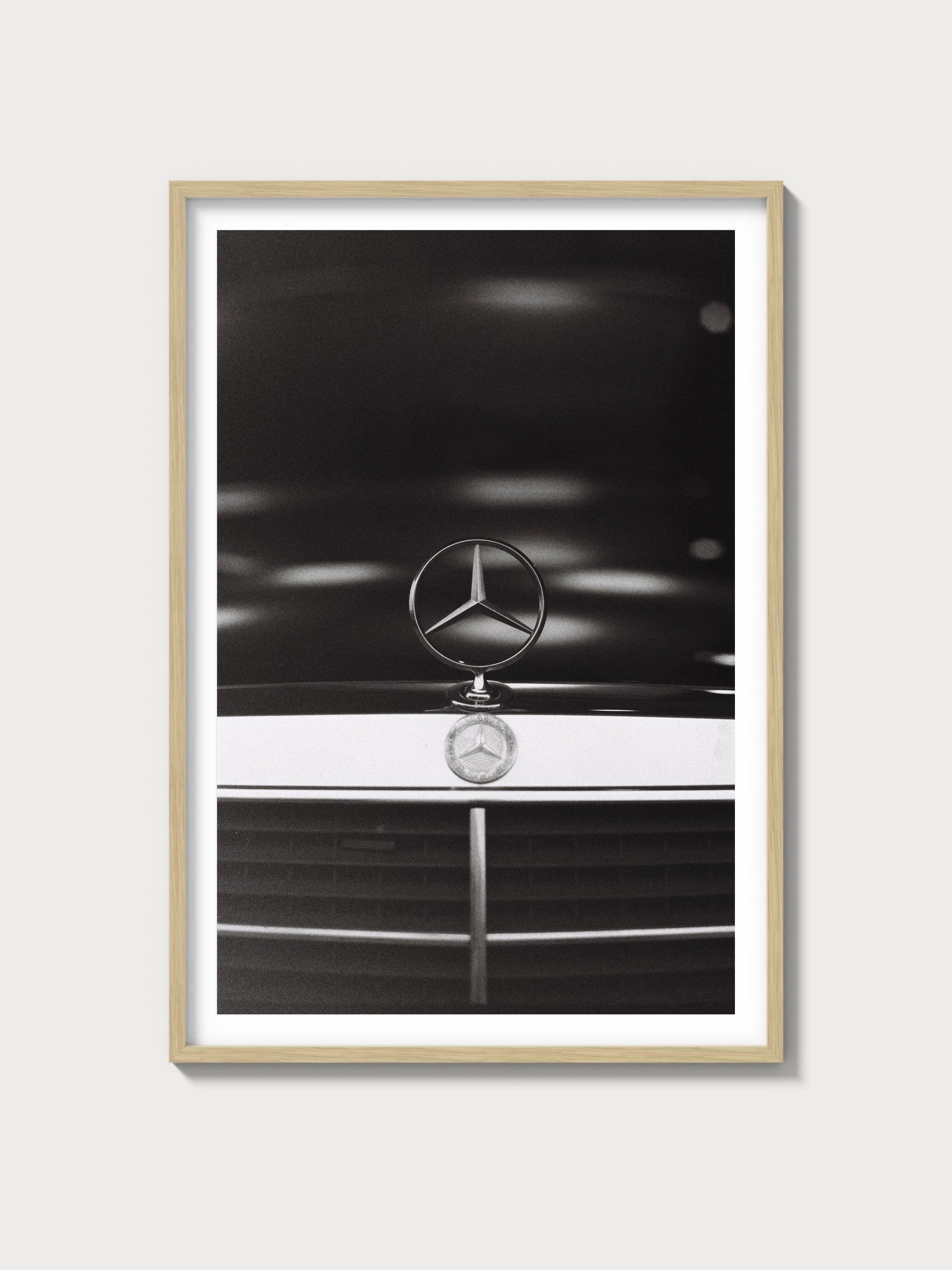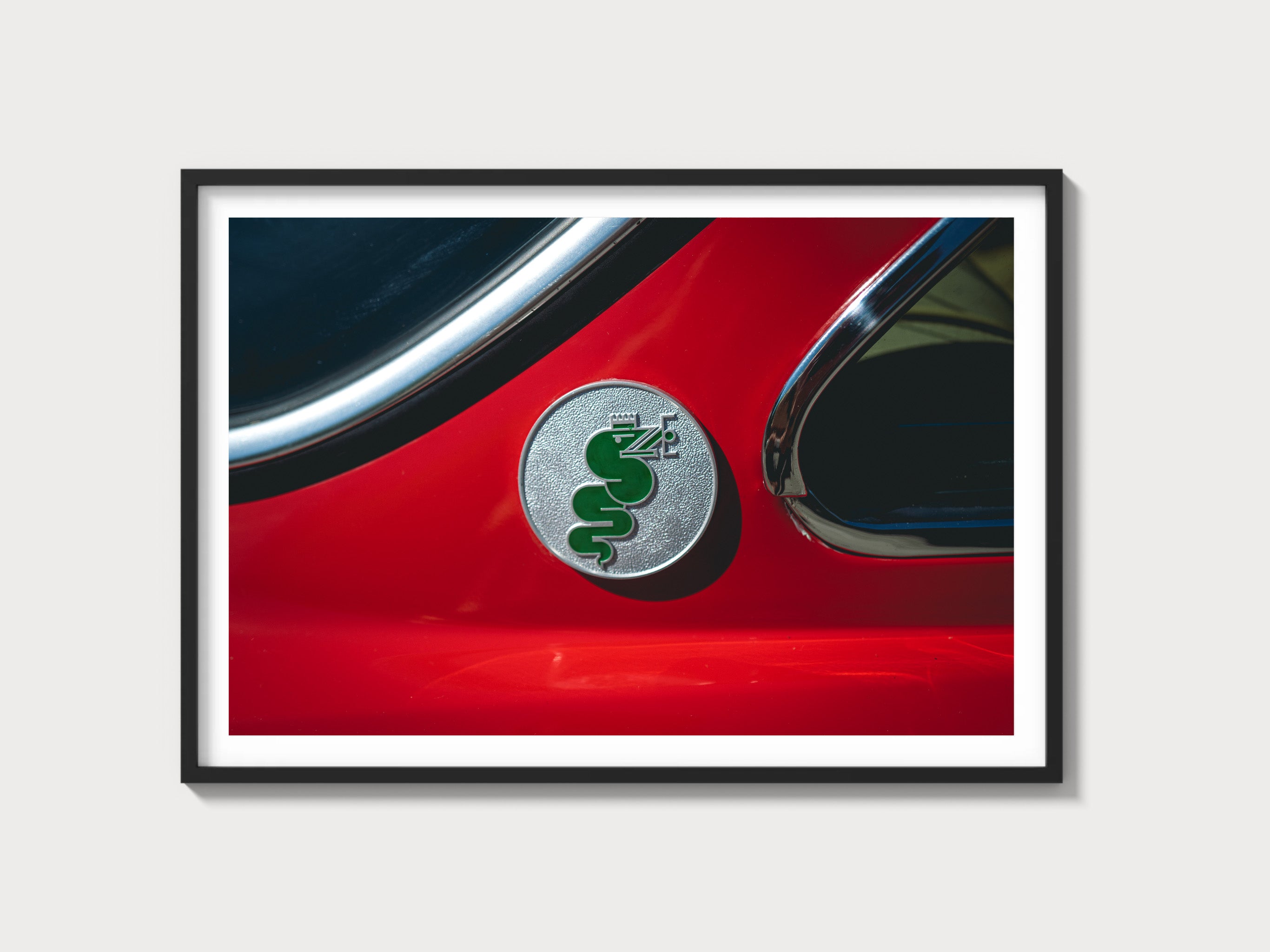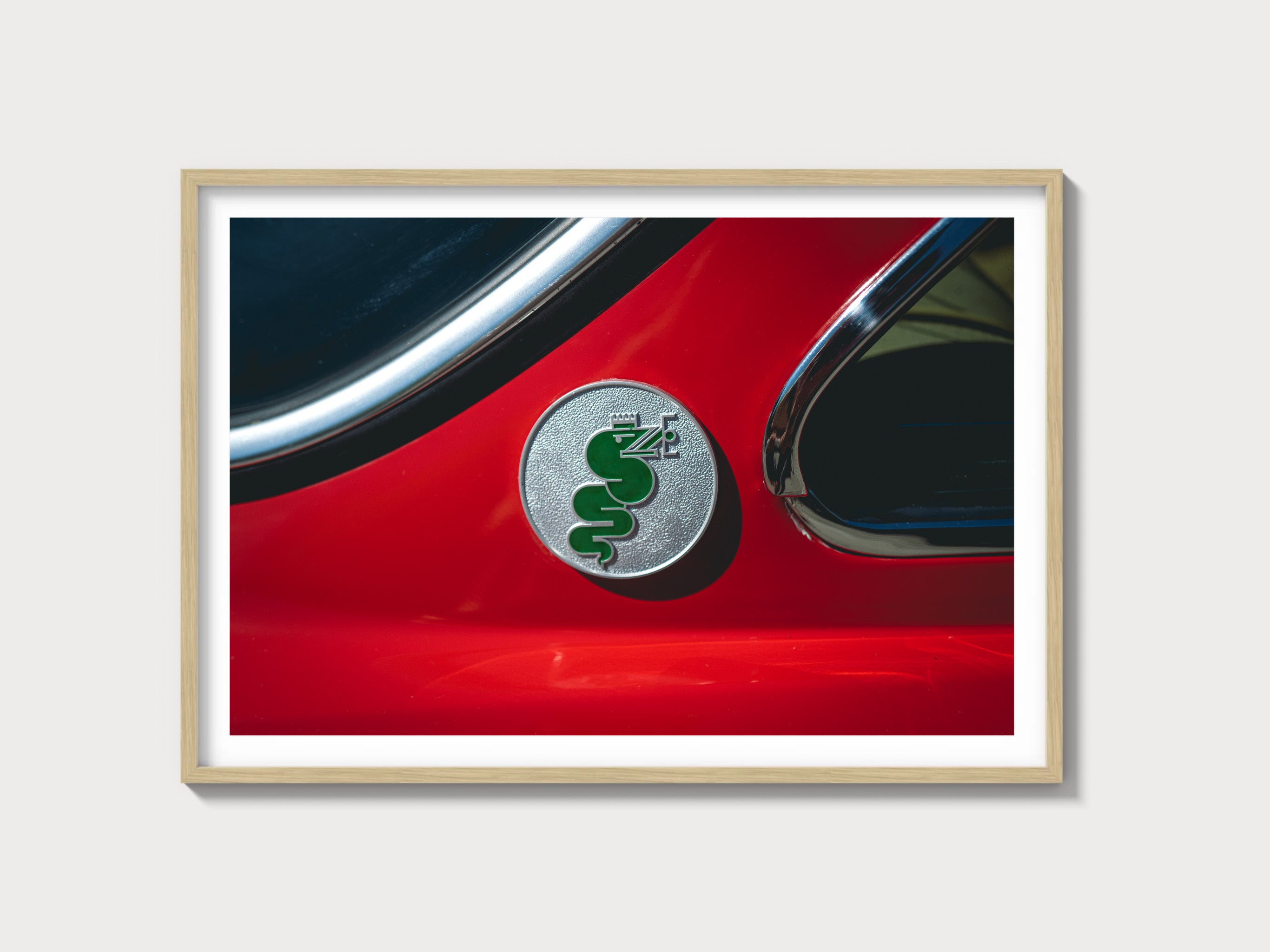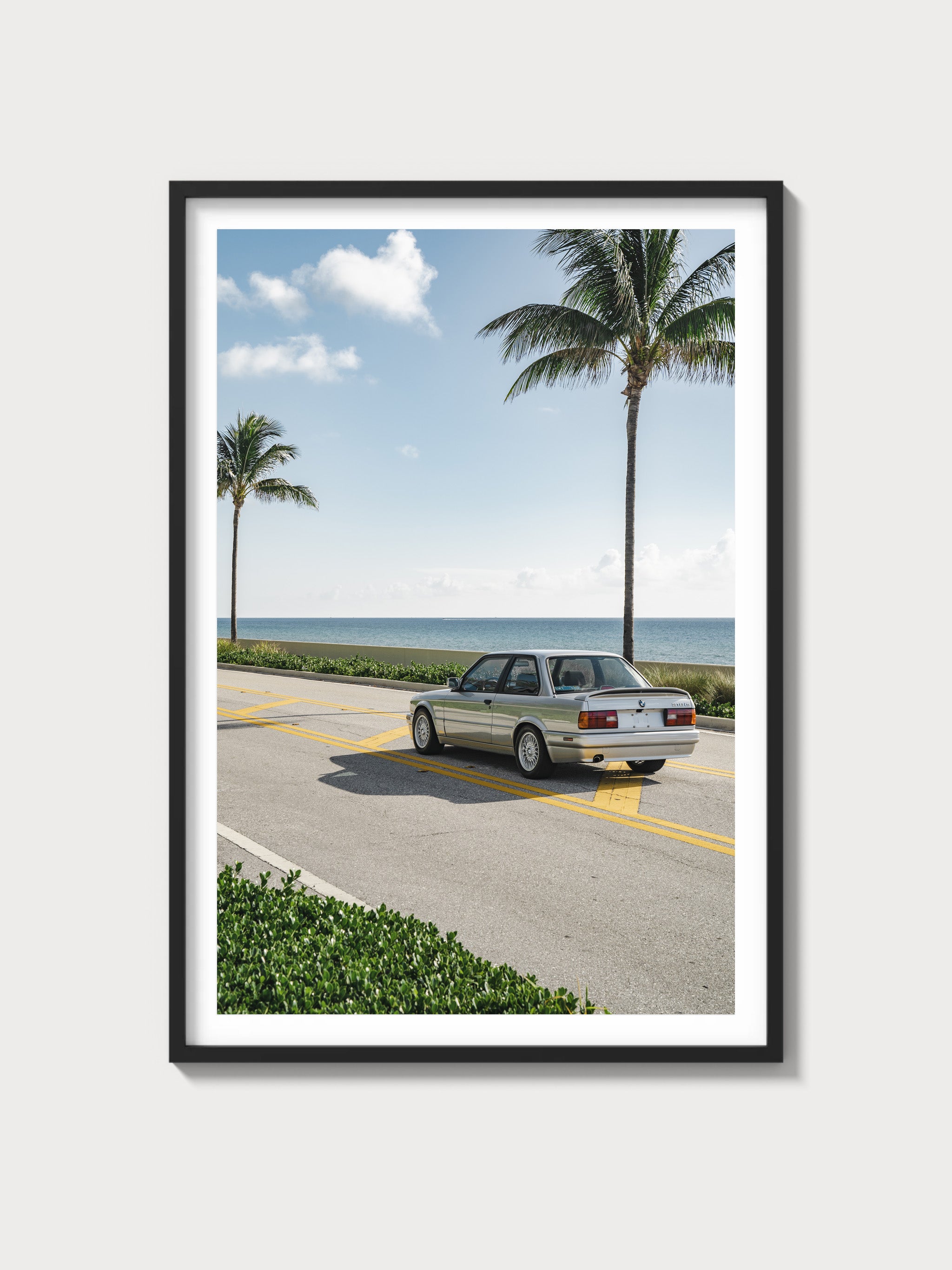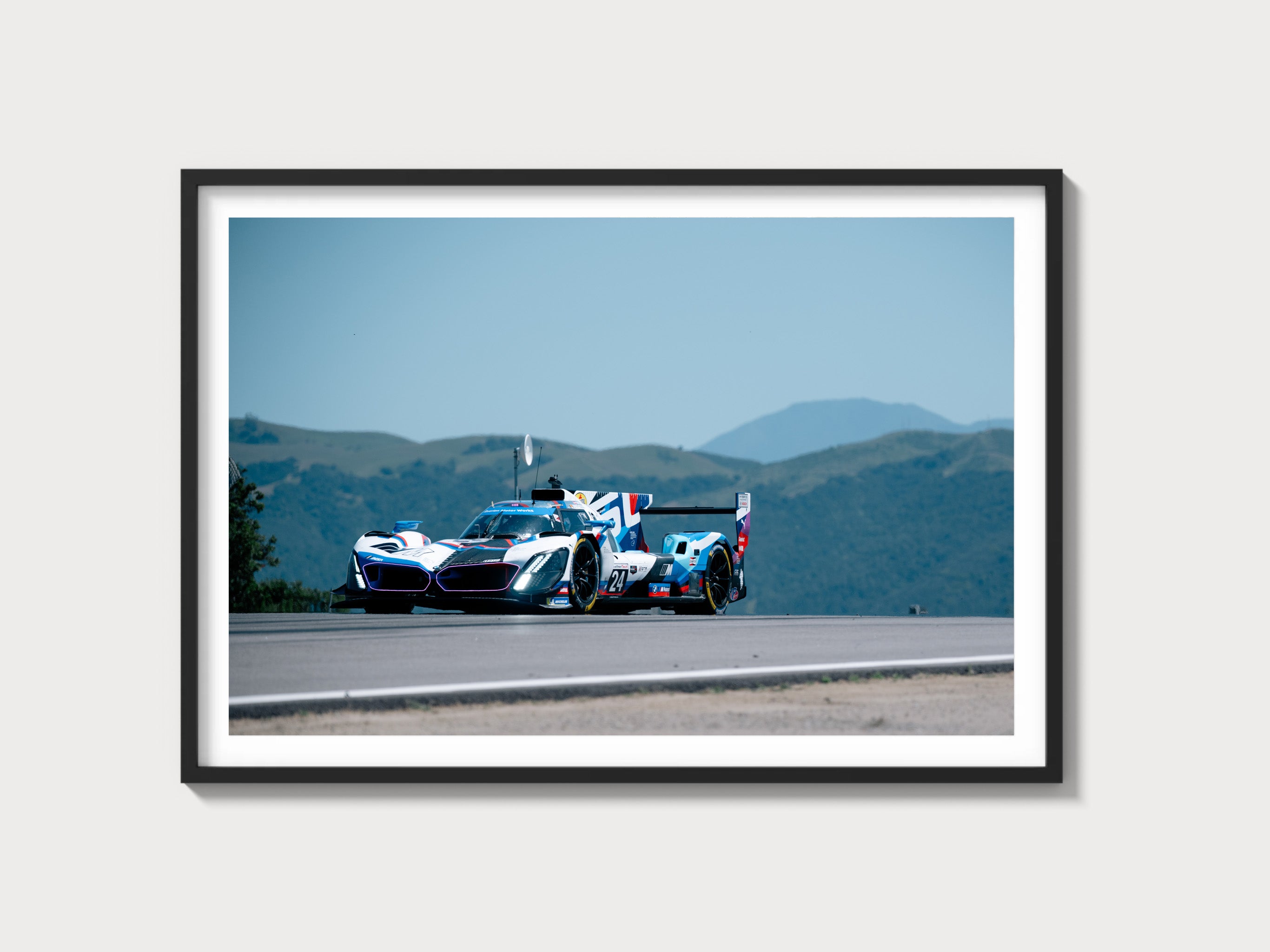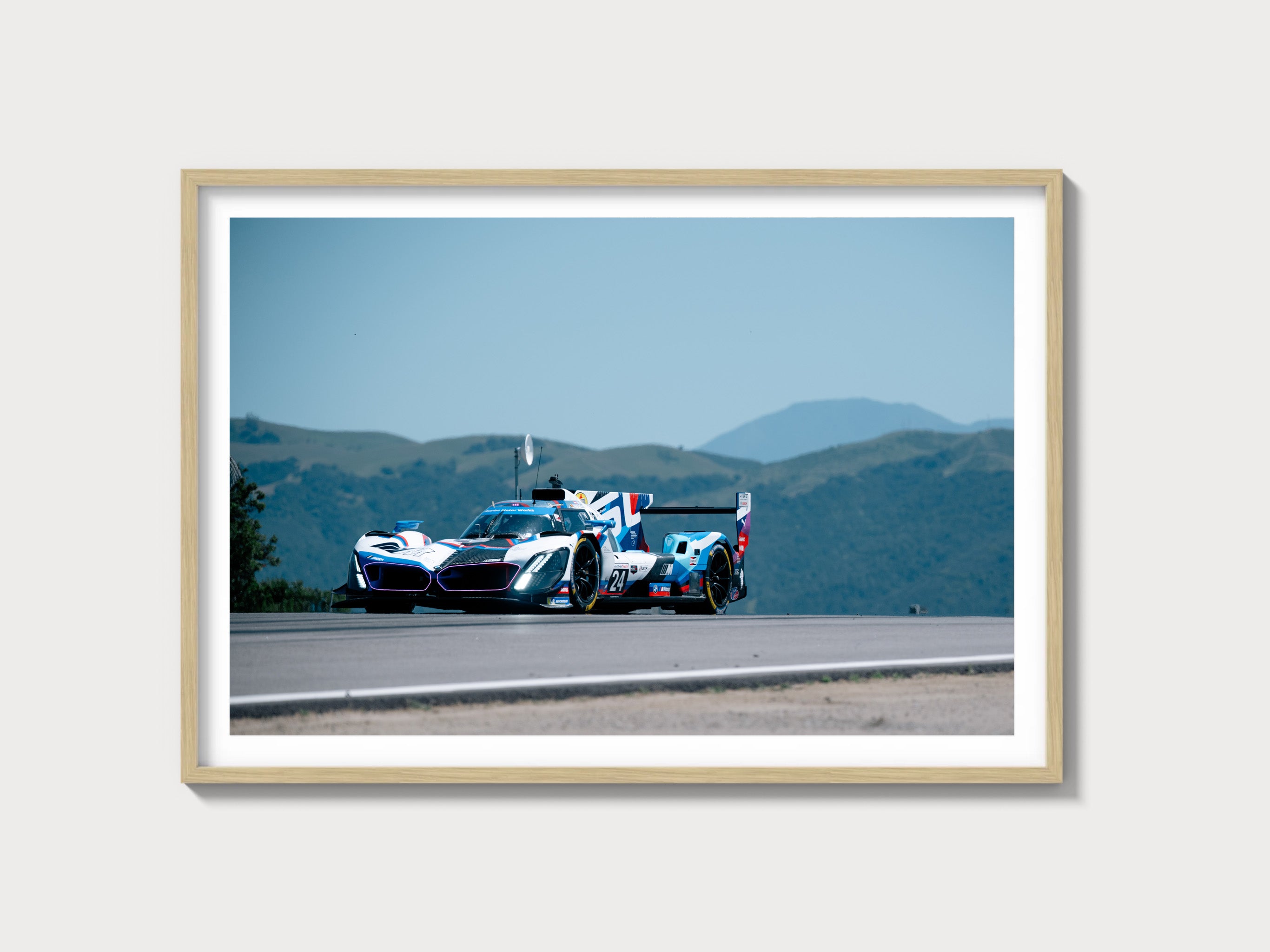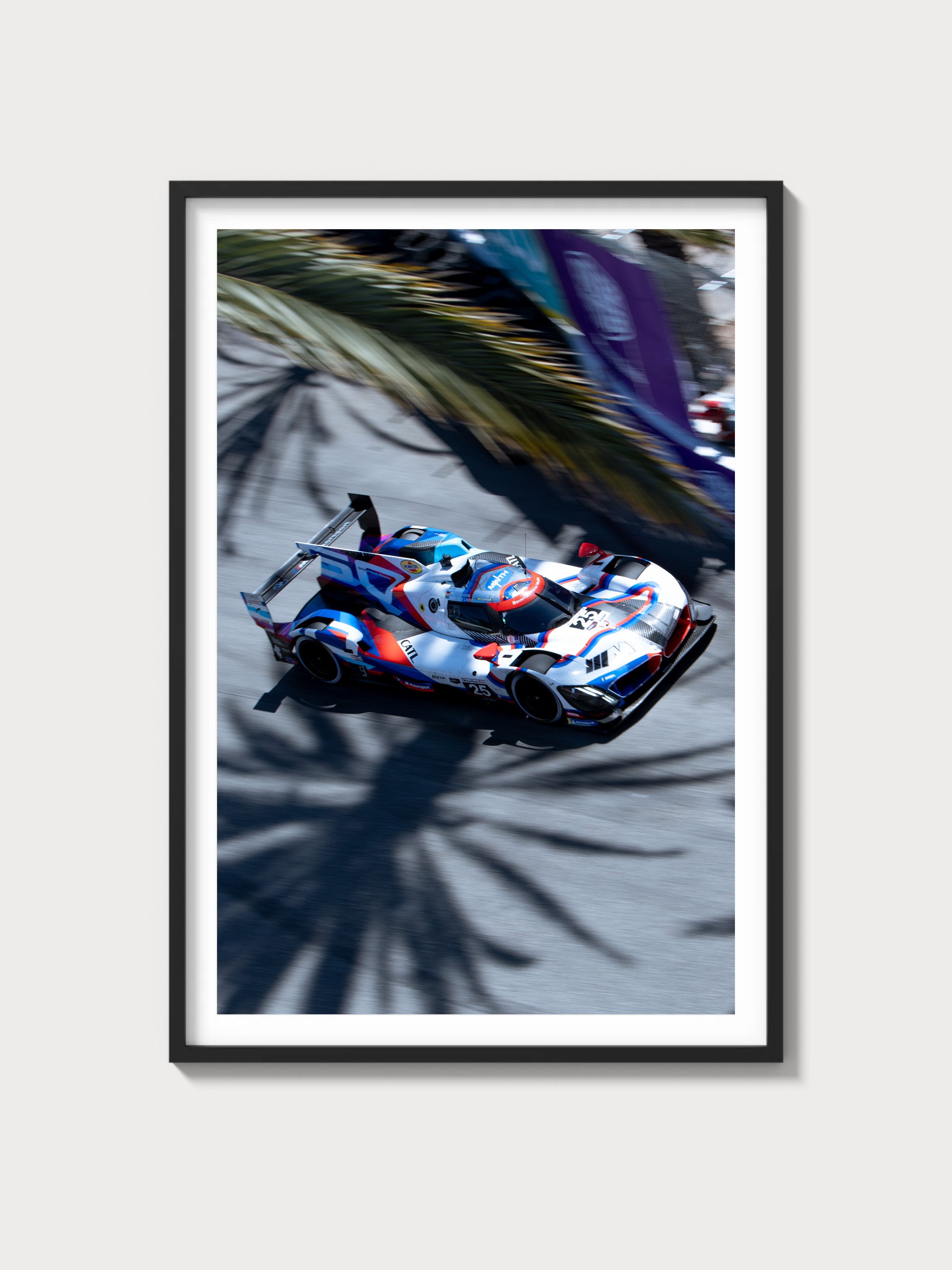Ferrari 250 GT California Spyder (LWB): The Definitive History, Specs, and Legacy
Introduction: Ferrari’s Open-Top Masterpiece
In the pantheon of Ferrari’s 250 series, the 250 GT California Spyder (LWB), introduced in 1957, shines as an enduring icon—a grand tourer that fused exhilarating performance with open-air elegance. Powered by a 3.0-liter Colombo V12, this model saw just 50 long-wheelbase (LWB) units crafted by Scaglietti, each a bespoke creation blending racing heritage with road-going allure. Conceived with the 250 GT Boano/Ellena as its foundation, the California Spyder was Ferrari’s love letter to the American West Coast, birthed at the urging of U.S. importer Luigi Chinetti.
The year 1957 was a high-water mark for Ferrari, its racing triumphs—250 MM and 375 MM—bolstering road car prestige. Unveiled as a prototype at the 1957 Geneva Motor Show, the 250 GT California Spyder (LWB) captured the imagination of enthusiasts and collectors alike. This exhaustive history, written with a Ferrari historian’s precision, delves into its technical brilliance, its stunning design, its racing pedigree, and its timeless legacy.
Historical Context: Ferrari’s American Dream
The Ferrari 250 GT California Spyder (LWB) emerged during a golden era for Maranello. By 1957, Ferrari’s racing dominance—410 Superamerica’s luxury, 250 Testa Rossa’s track promise—had cemented its global stature, yet Enzo eyed America’s burgeoning car market. The 250 GT Boano/Ellena’s 242-unit run proved Ferrari could scale production, but Chinetti, Ferrari’s East Coast importer, and West Coast distributor John von Neumann envisioned a convertible for California’s sun-soaked elite. The result was the California Spyder, blending GT refinement with spyder freedom.
Fifty LWB units were built (1957-1960)—all Scaglietti spyders, with optional hardtops—each a hand-crafted gem. Chassis 0769GT, the prototype, debuted at Geneva in March 1957, its flowing lines a testament to Scaglietti’s artistry under Pininfarina’s design guidance. This was a car for Hollywood stars and coastal tycoons, its limited run reflecting Ferrari’s bespoke ethos amid Italy’s late-1950s prosperity.
The broader context of 1957 framed its allure. America’s car culture boomed—Corvettes, Thunderbirds—while Europe’s grand touring scene thrived. The California Spyder bridged Ferrari’s racing soul with a lifestyle statement, its 3.0L V12 tying it to the 250 GT Tour de France.
Technical Specifications: The Colombo V12’s Open-Air Glory
The Ferrari 250 GT California Spyder (LWB)’s heart was its 3.0-liter Colombo V12—a race-bred engine refined for grand touring. Below, we dissect its engineering with historian’s detail.
Engine: Colombo’s 3.0-Liter Versatility
Displacing 2,953 cc (bore 73 mm, stroke 58.8 mm), the California Spyder’s V12 mirrored the 250 GT Boano/Ellena’s unit. With a single overhead camshaft per bank, an 8.8:1 compression ratio, and triple Weber 36 DCL/3 carburetors (later 40 DCL/6s), it produced 240 horsepower at 7,000 rpm—matching the Boano/Ellena but adaptable to 260 hp in competition tune. The aluminum block and heads, wet-sump lubrication, and 60-degree V-angle weighed 275 lbs, delivering 180 lb-ft of torque at 5,500 rpm.
This engine was a dual-purpose marvel. Chassis 1217GT, raced in 1959, hit 260 hp with high-flow carbs and a higher redline (7,800 rpm), echoing the 250 Testa Rossa, yet its standard tune prioritized road smoothness.
Performance: Exhilarating Grace
The California Spyder reached 158 mph (254 km/h)—verified by Road & Track’s 1958 test—edging out the Boano/Ellena’s 155 mph, with a 0-60 mph time of ~6.8 seconds. Its power-to-weight ratio (218 hp/ton) surpassed the Boano/Ellena (188 hp/ton), its lighter body amplifying its agility.
Chassis and Suspension: Agile Refinement
The chassis was a tubular steel ladder frame, weighing 1,100 kg (2,425 lbs)—lighter than the Boano/Ellena’s 1,280 kg thanks to its aluminum body. Its 2,600 mm wheelbase matched the Boano/Ellena, balancing stability and nimbleness. Front suspension used double wishbones with a transverse leaf spring and Houdaille shocks, while the rear featured a live axle with semi-elliptic leaf springs (later coil springs in 1959), tuned for both road and occasional track use.
Transmission and Brakes: Dynamic Control
A 4-speed manual gearbox—non-synchronized, with a single-plate clutch—drove the rear wheels, its ratios (1st: 2.90, 4th: 0.94) favoring versatility. Braking relied on 14-inch hydraulic drum brakes (discs optional from 1959), delivering 0.9g deceleration—a leap over earlier GTs, bridging road and race.
| Specification | Details |
|---|---|
| Engine | 3.0L V12, 240-260 hp @ 7,000 rpm |
| Displacement | 2,953 cc (73 mm x 58.8 mm) |
| Top Speed | ~158 mph (254 km/h) |
| 0-60 mph | ~6.8 seconds |
| Weight | 1,100 kg (2,425 lbs) |
| Transmission | 4-speed manual |
| Suspension (Front) | Double wishbone, transverse leaf springs |
| Suspension (Rear) | Live axle, semi-elliptic leaf springs (coil springs from 1959) |
| Brakes | Hydraulic drums, 14-inch (discs optional 1959) |
Design and Styling: Scaglietti’s Timeless Art
The Ferrari 250 GT California Spyder (LWB)’s aesthetic was a triumph of form and function, crafted by Scaglietti under Pininfarina’s design.
Exterior: Sculpted Elegance
Scaglietti built all 50 LWB spyders—chassis 0769GT featured a low grille, flowing fenders, and a folding soft top, finished in Rosso Corsa. Later units (e.g., 1425GT) offered hardtops and covered headlights (1959), refining its silhouette. The 2,600 mm wheelbase lent a taut profile, aluminum bodies (some steel-framed) optimizing weight and strength.
Interior: Open-Air Refinement
The cockpit was a driver’s haven: leather bucket seats (black or tan), a wood-rimmed steering wheel, and a dash with Veglia gauges—tachometer (7,500 rpm redline), speedometer, oil pressure. Minimalist yet luxurious, it outshone the Boano/Ellena with its open-top charm.
Production and Variants: A Limited Legend
The Ferrari 250 GT California Spyder (LWB)’s 50-unit run (1957-1960) was a bespoke affair—all Scaglietti spyders, with hardtop options. Chassis 0769GT launched the series, while 2067GT closed it, transitioning to the SWB variant in 1960. No pure racing versions existed, though its chassis supported competition.
Performance and Racing Legacy: A Dual-Purpose Star
The Ferrari 250 GT California Spyder (LWB) racing history blends GT roots with track success. Chassis 1217GT, driven by Richie Ginther, took 5th at the 1959 Le Mans, its disc brakes and 260 hp shining. Chassis 0999GT won the 1959 Sebring GT class. Its lightweight build and potent V12 made it a privateer favorite, though its primary stage was the open road—Pacific Coast Highway, Riviera curves.
Ownership and Market Value: A Cultural Icon
The Ferrari 250 GT California Spyder (LWB) value reflects its rarity and fame. Early owners included James Coburn (1217GT) and Alain Delon. Today, prices soar from $10-15 million—chassis 1425GT fetched $14.3 million at Gooding & Co. 2021. Restoration costs—V12 rebuilds at $120,000—underscore its prestige.
Cultural Impact: Ferrari’s Hollywood Star
The California Spyder defined Ferrari’s 1950s ethos, its design and racing feats influencing the 250 GTO. Immortalized in *Ferris Bueller’s Day Off*, it’s the car of carefree drives and cinematic legend, a cornerstone of Maranello’s golden age.
Comparisons: Ferrari 250 GT California Spyder (LWB) vs Rivals
The Ferrari 250 GT California Spyder (LWB) vs Mercedes-Benz 300 SL Roadster pits 240 hp V12 against 215 hp straight-6—Ferrari led in agility, Mercedes in polish. The Jaguar XK150 Drophead (190 hp) trailed in power and prestige.
| Model | Engine | Power | Weight | Top Speed |
|---|---|---|---|---|
| Ferrari 250 GT California (LWB) | 3.0L V12 | 240-260 hp | 1,100 kg | ~158 mph |
| Mercedes 300 SL Roadster | 3.0L Straight-6 | 215 hp | 1,420 kg | ~155 mph |
| Jaguar XK150 Drophead | 3.4L Straight-6 | 190 hp | 1,450 kg | ~136 mph |
Frequently Asked Questions
What was the Ferrari 250 GT California Spyder (LWB)?
A 1957 3.0L V12 grand tourer.
How many were made?
50 units.
What engine powered it?
2,953 cc Colombo V12, 240-260 hp.
Did it race?
Yes—Le Mans 1959, Sebring 1959.
What’s its value?
$10-15 million.

